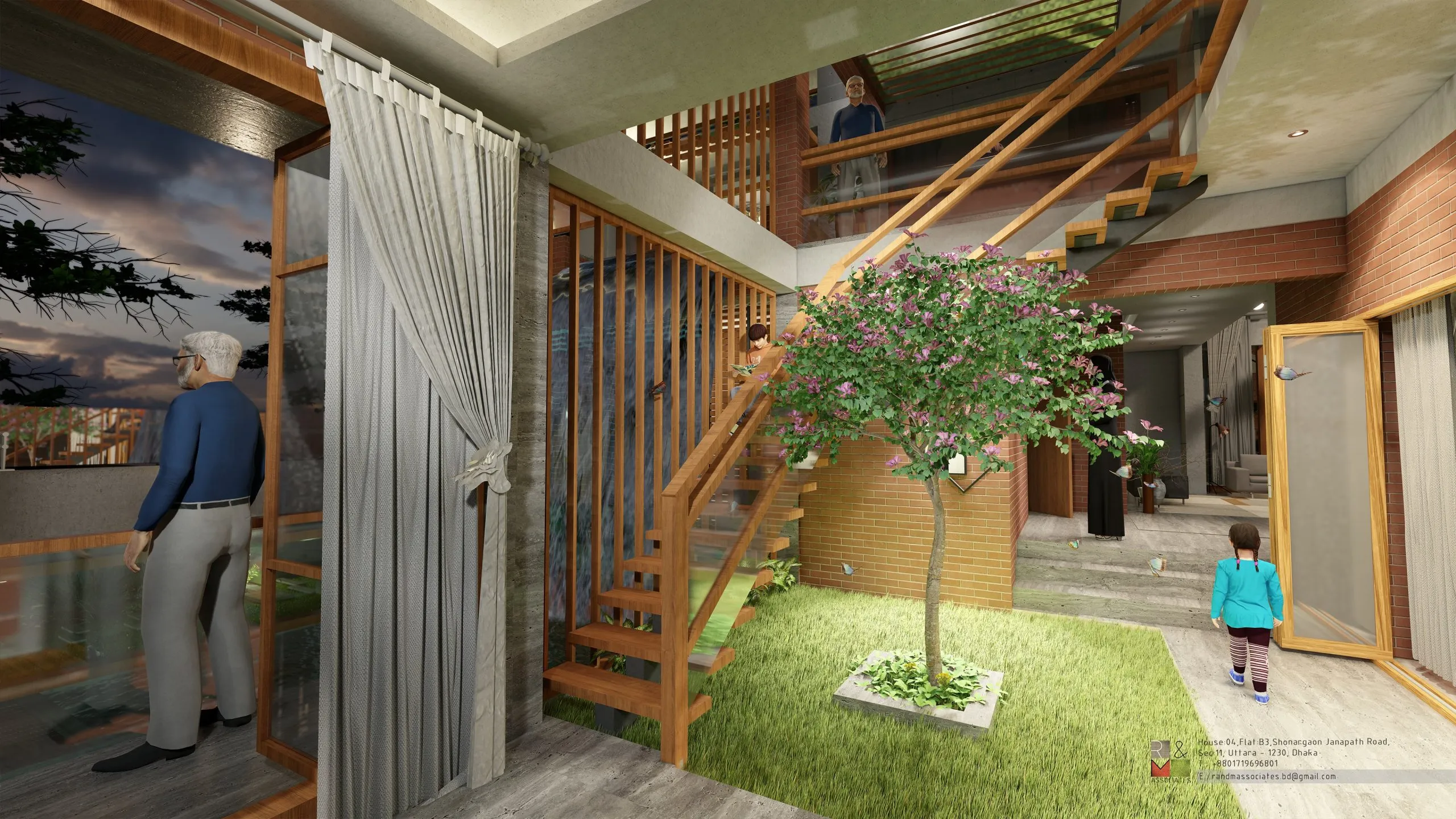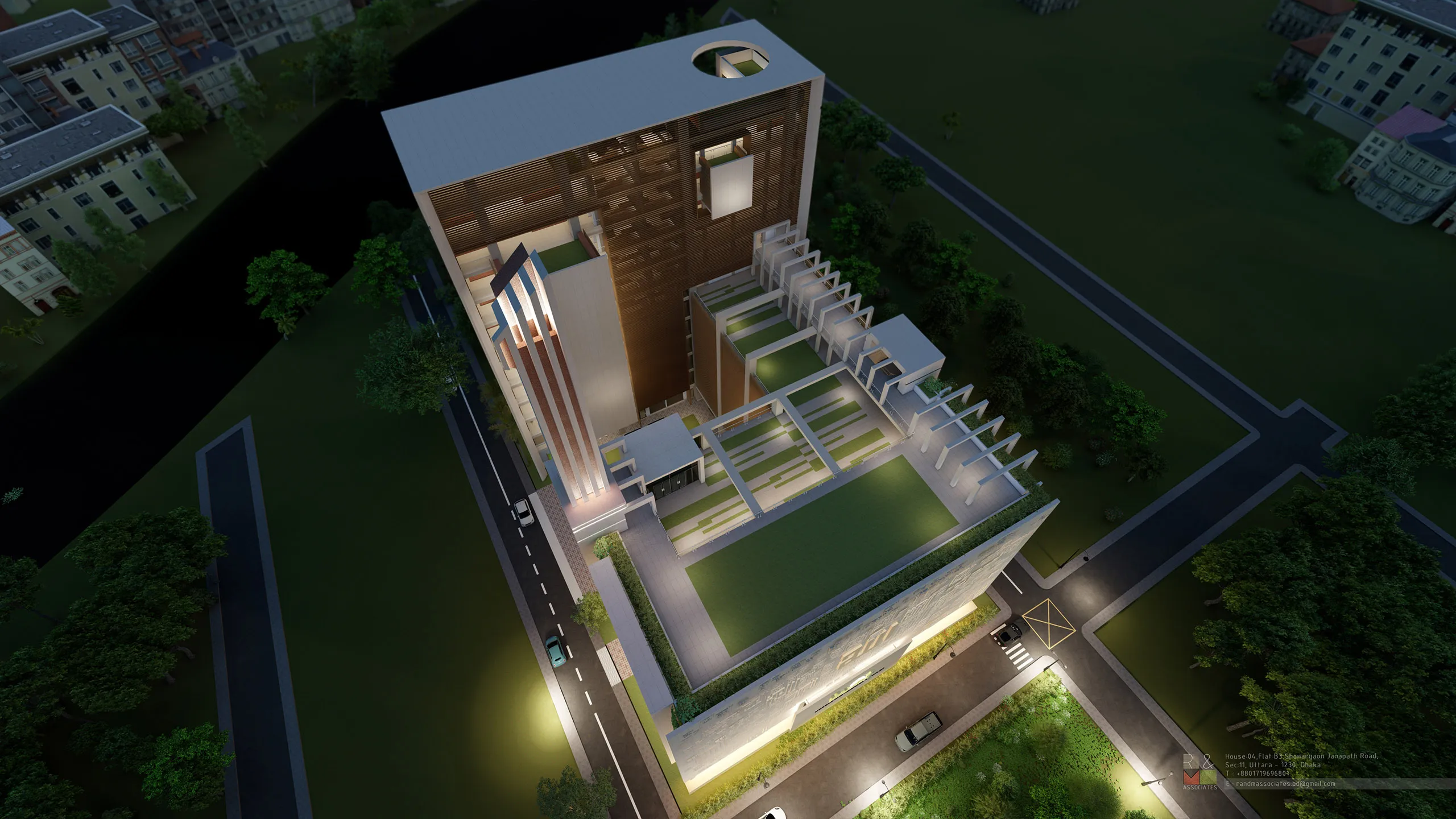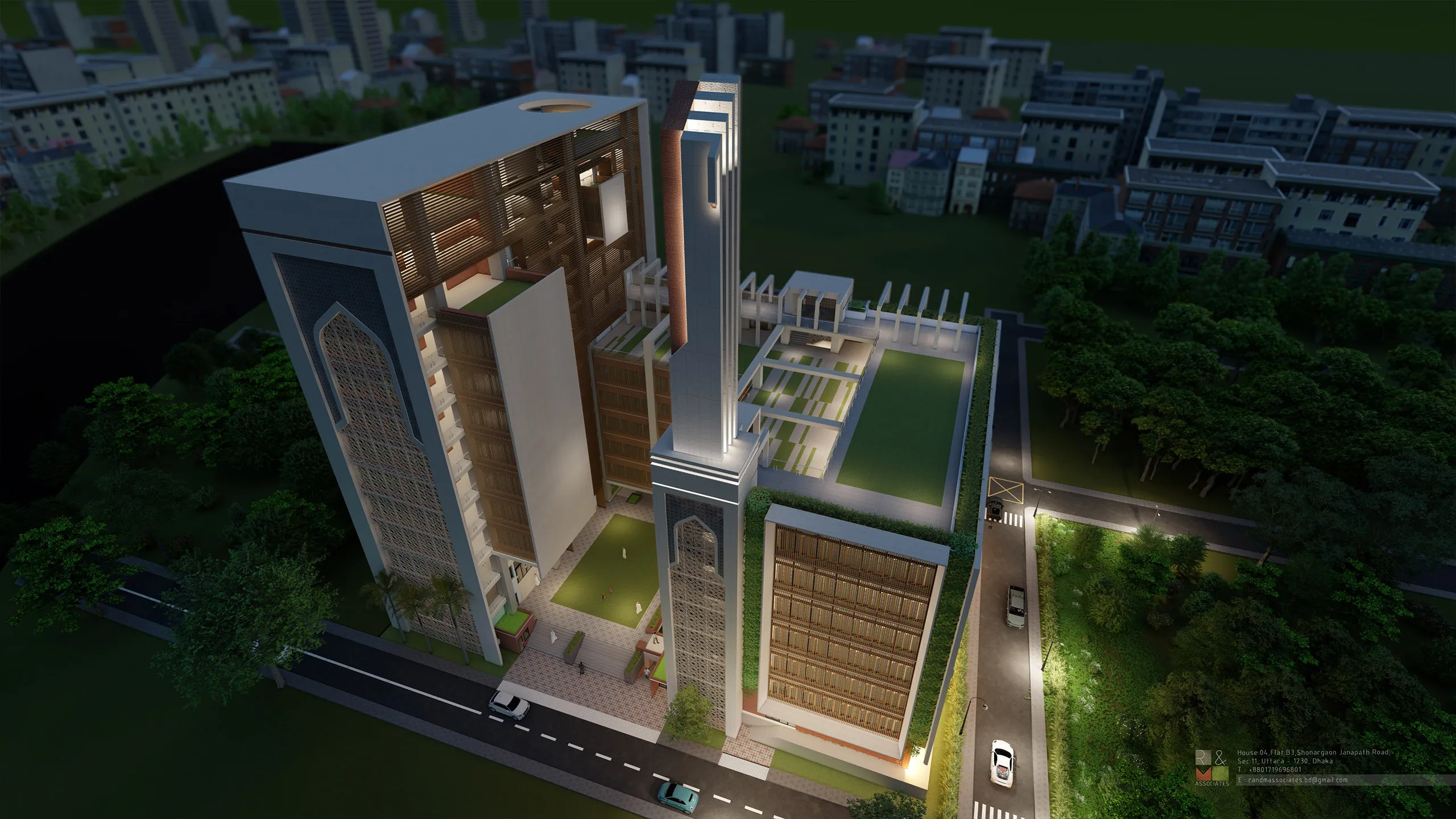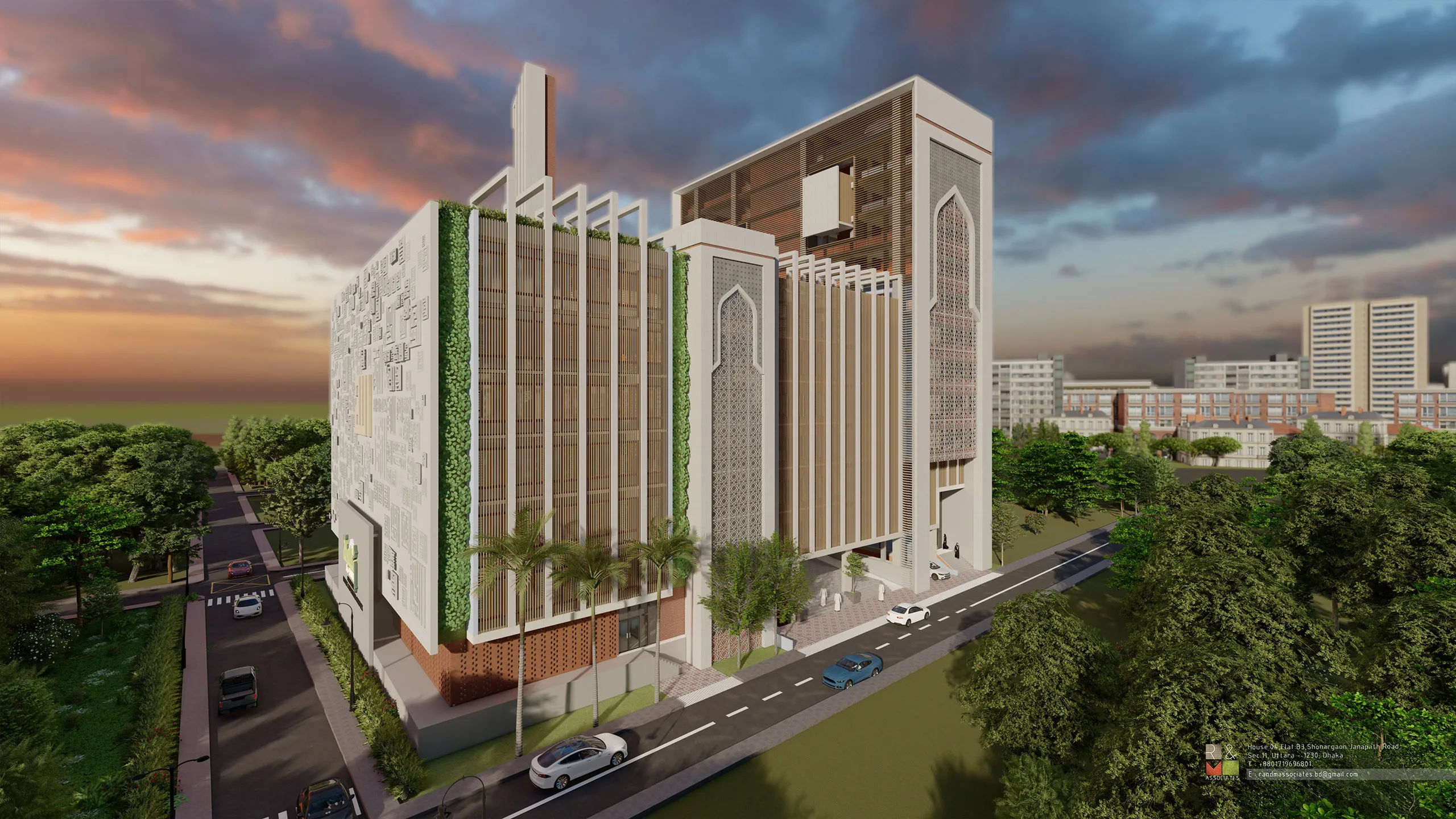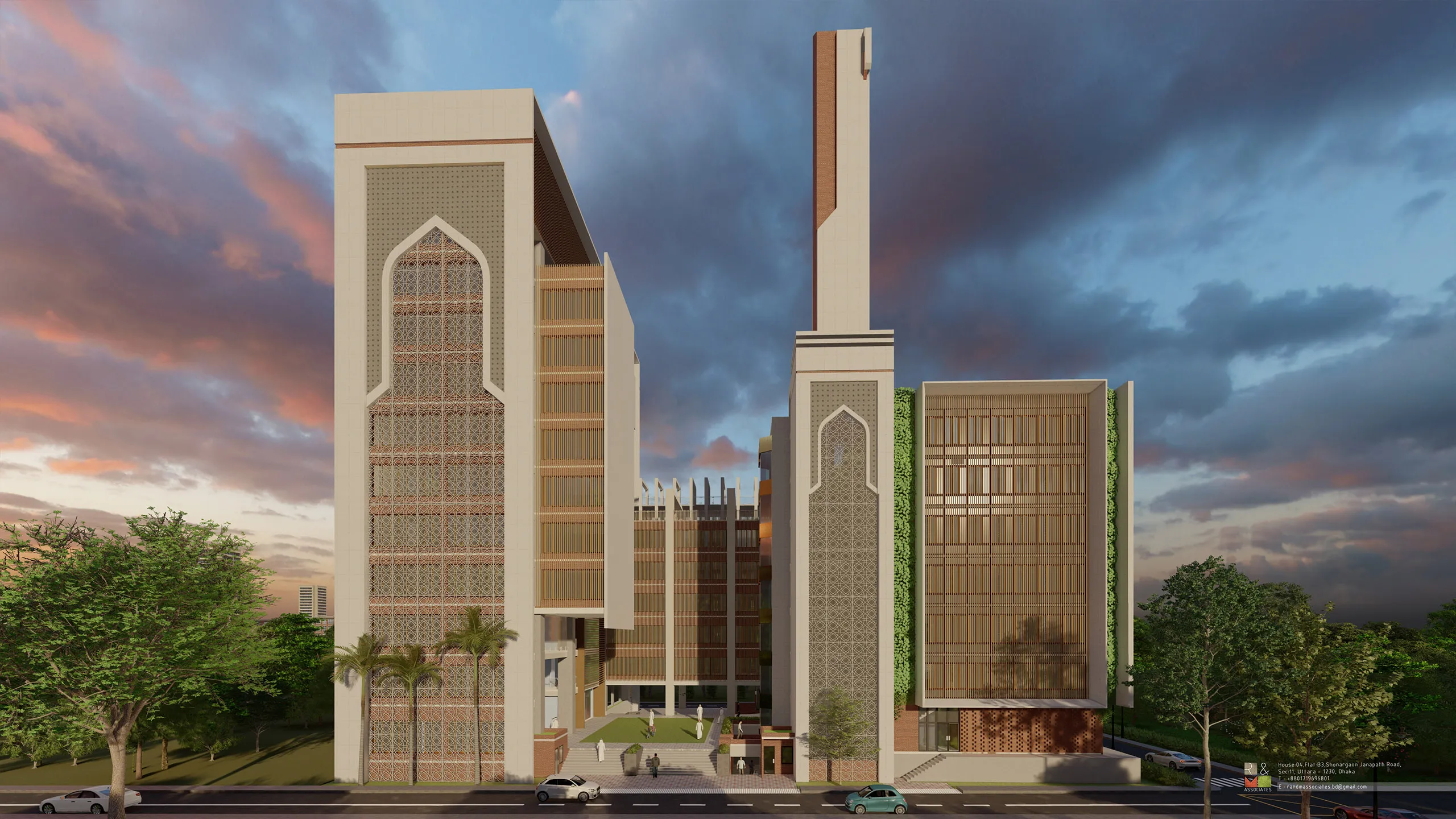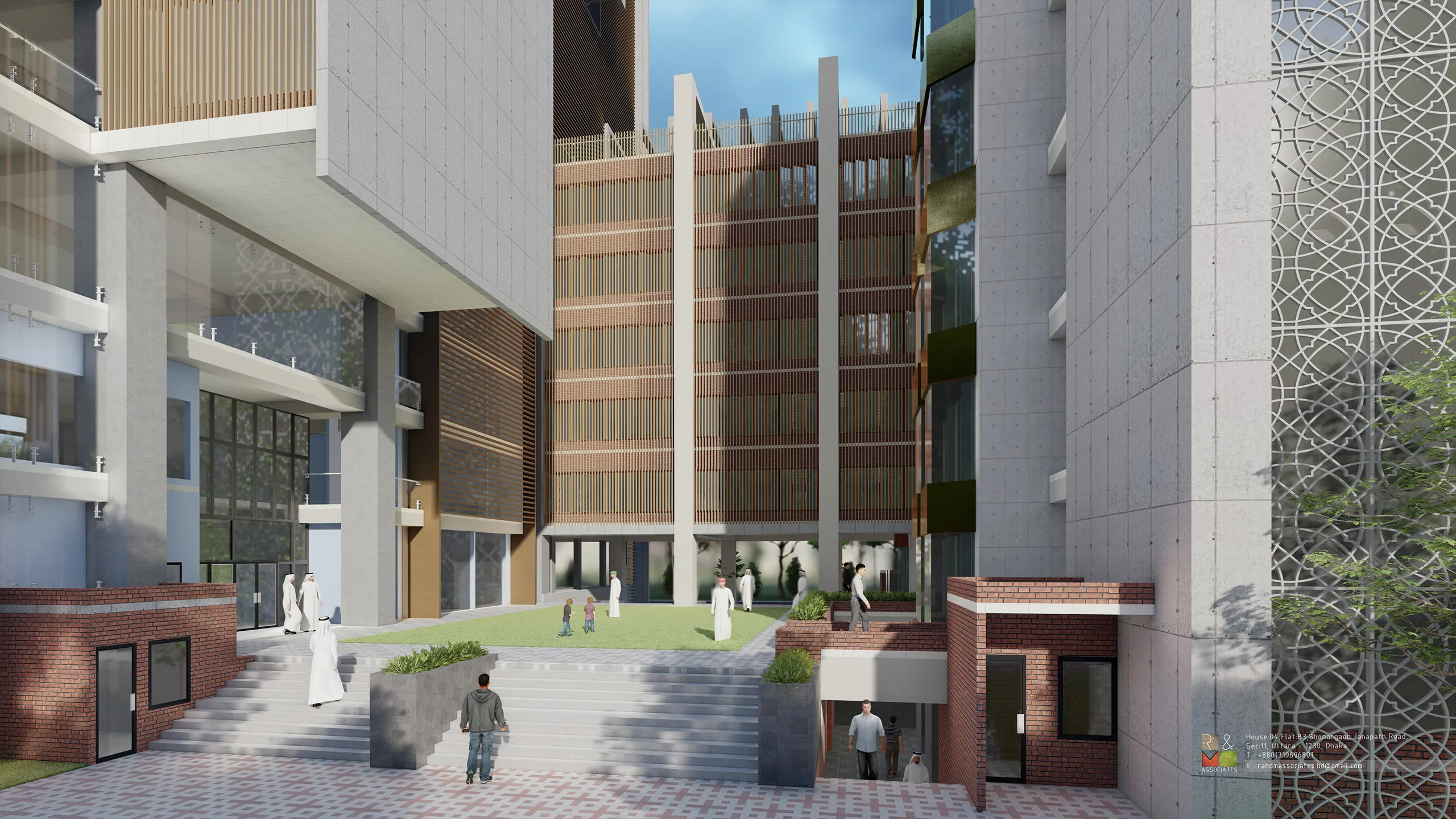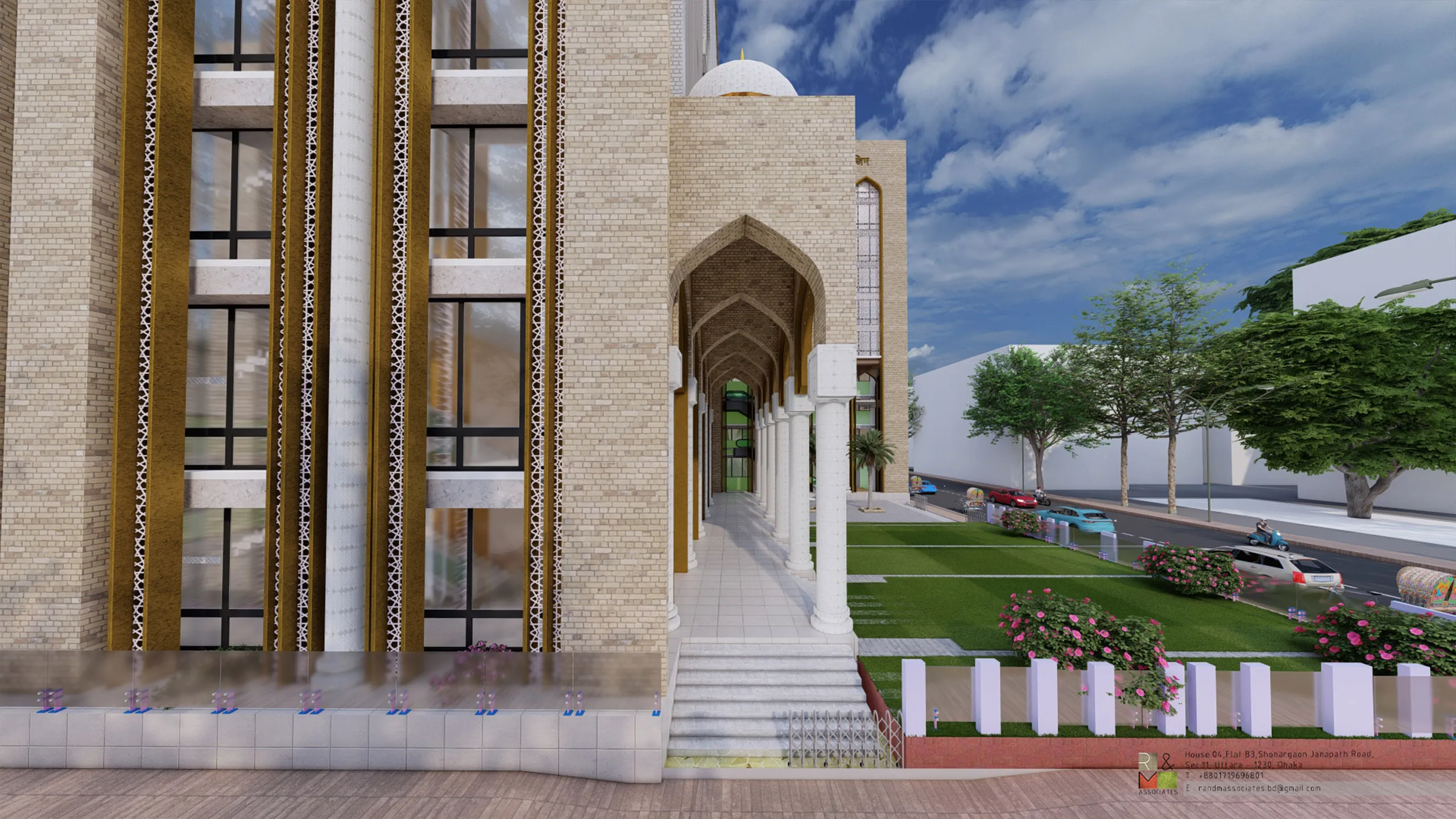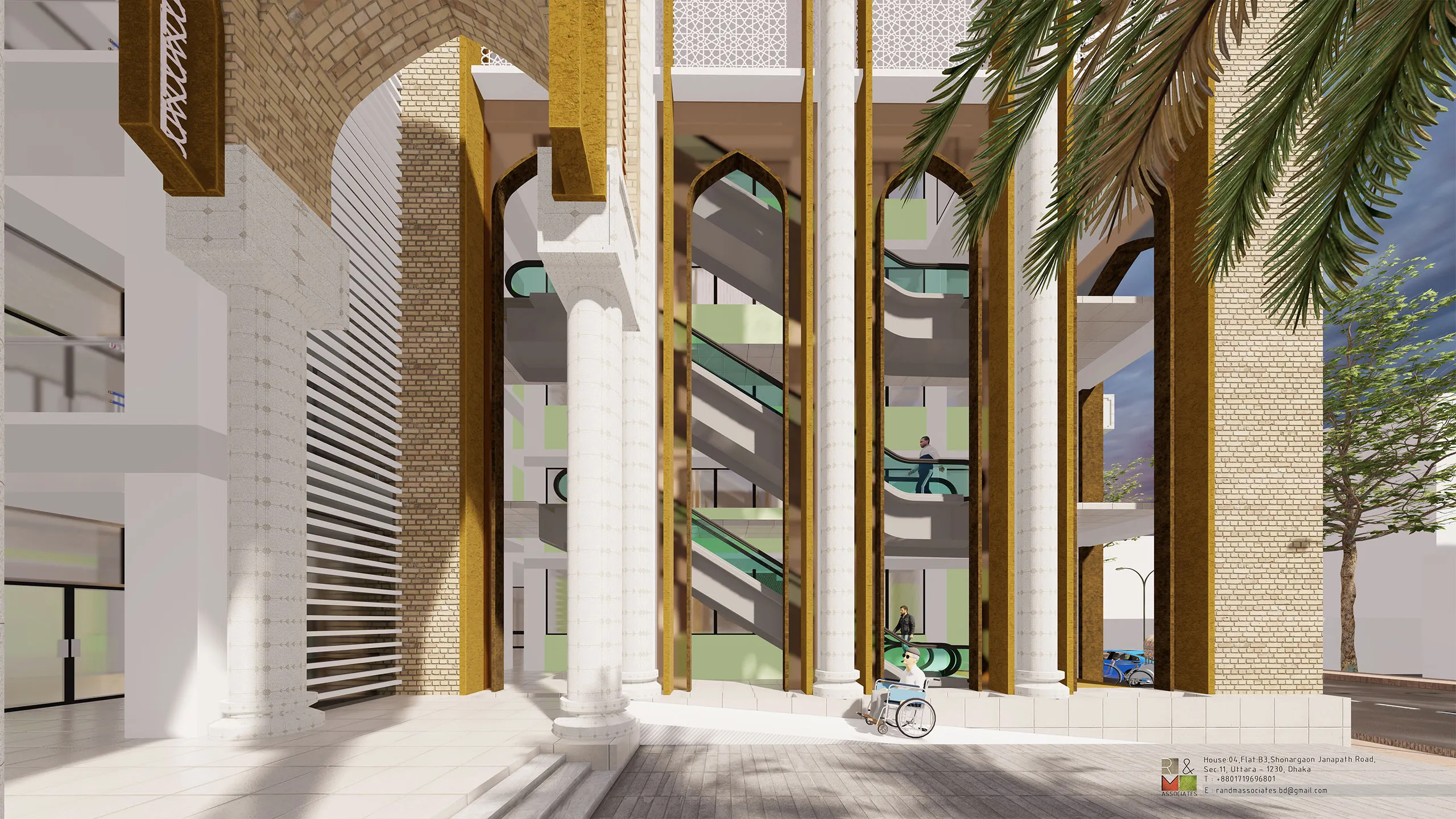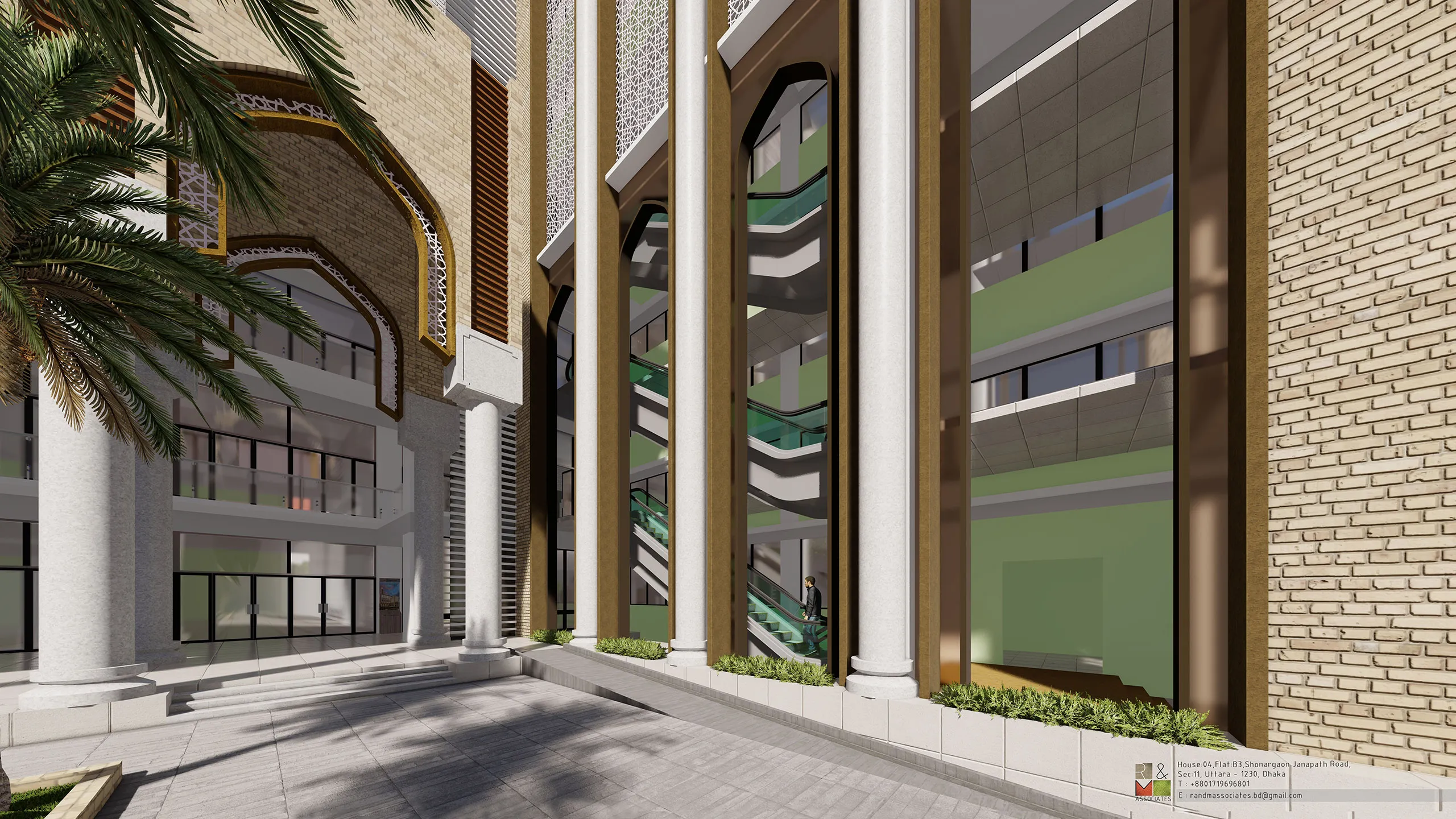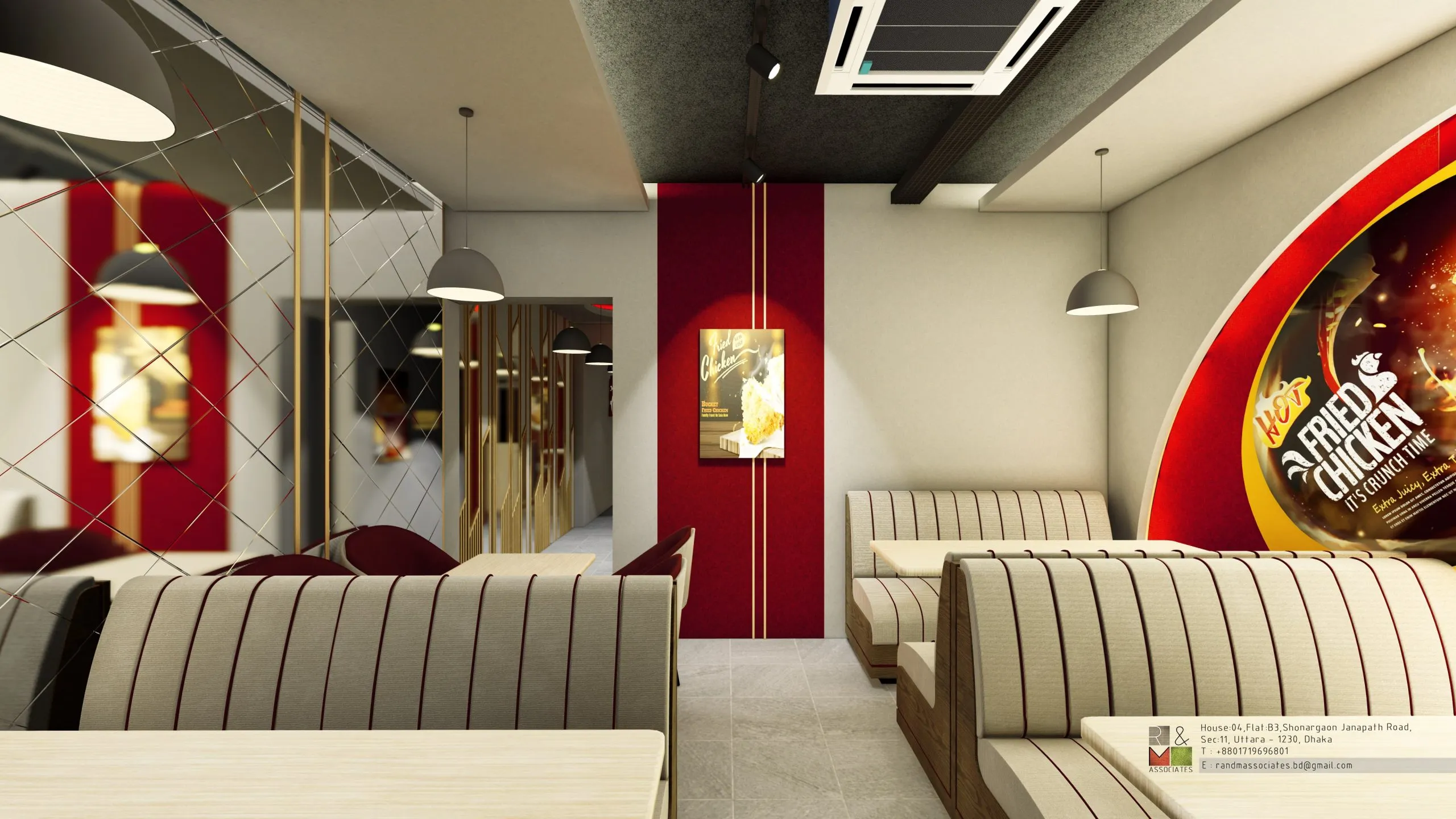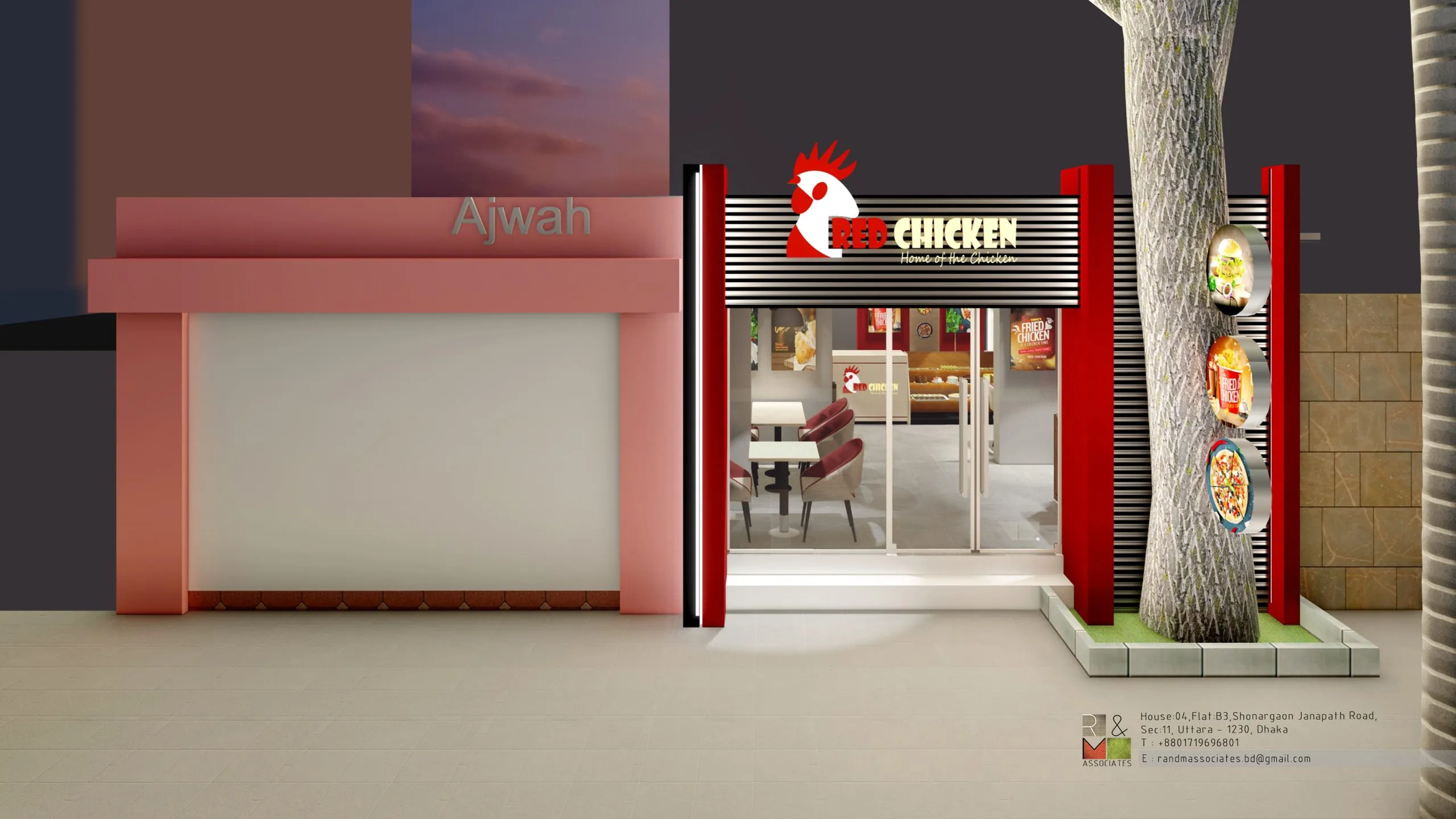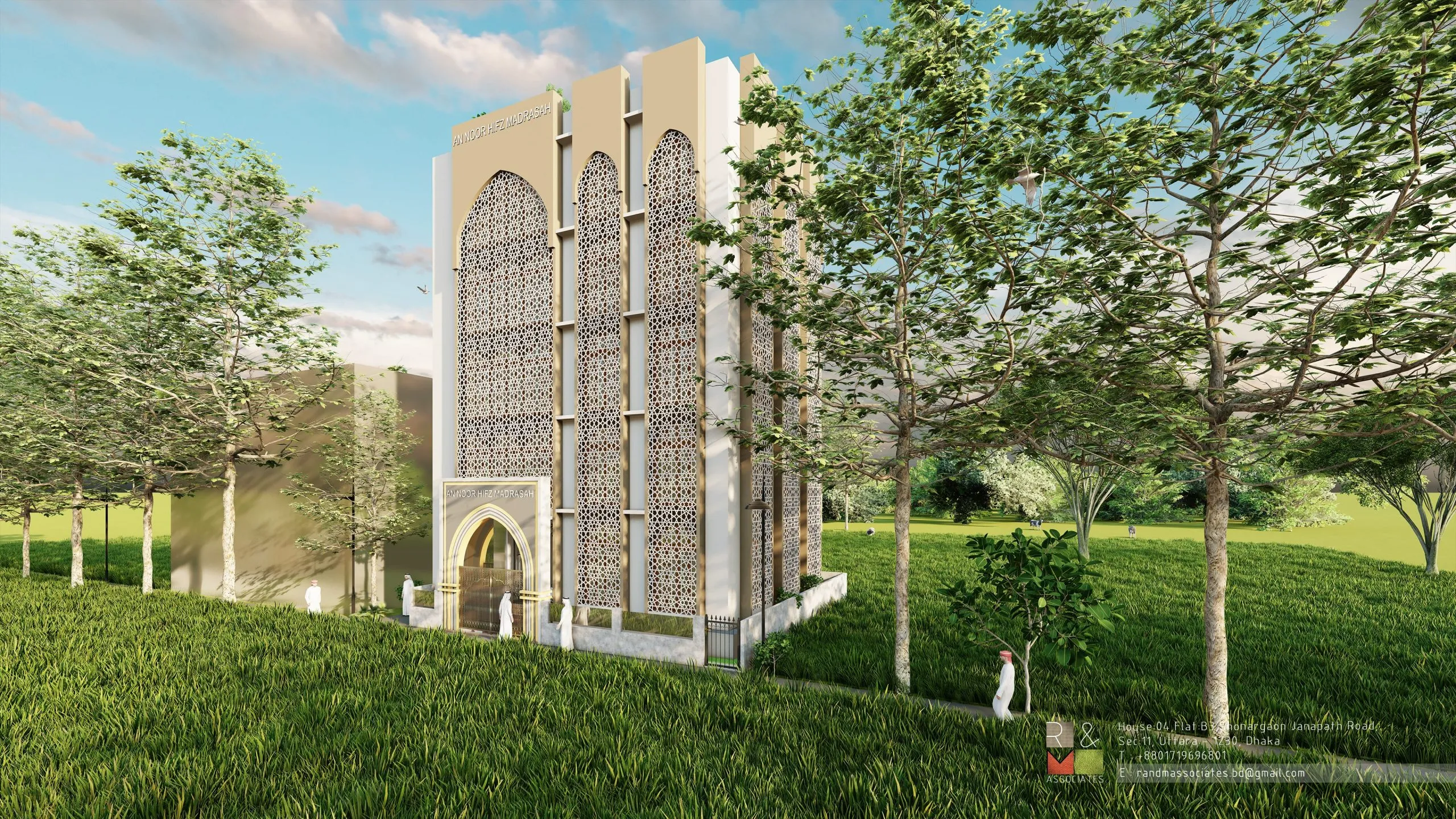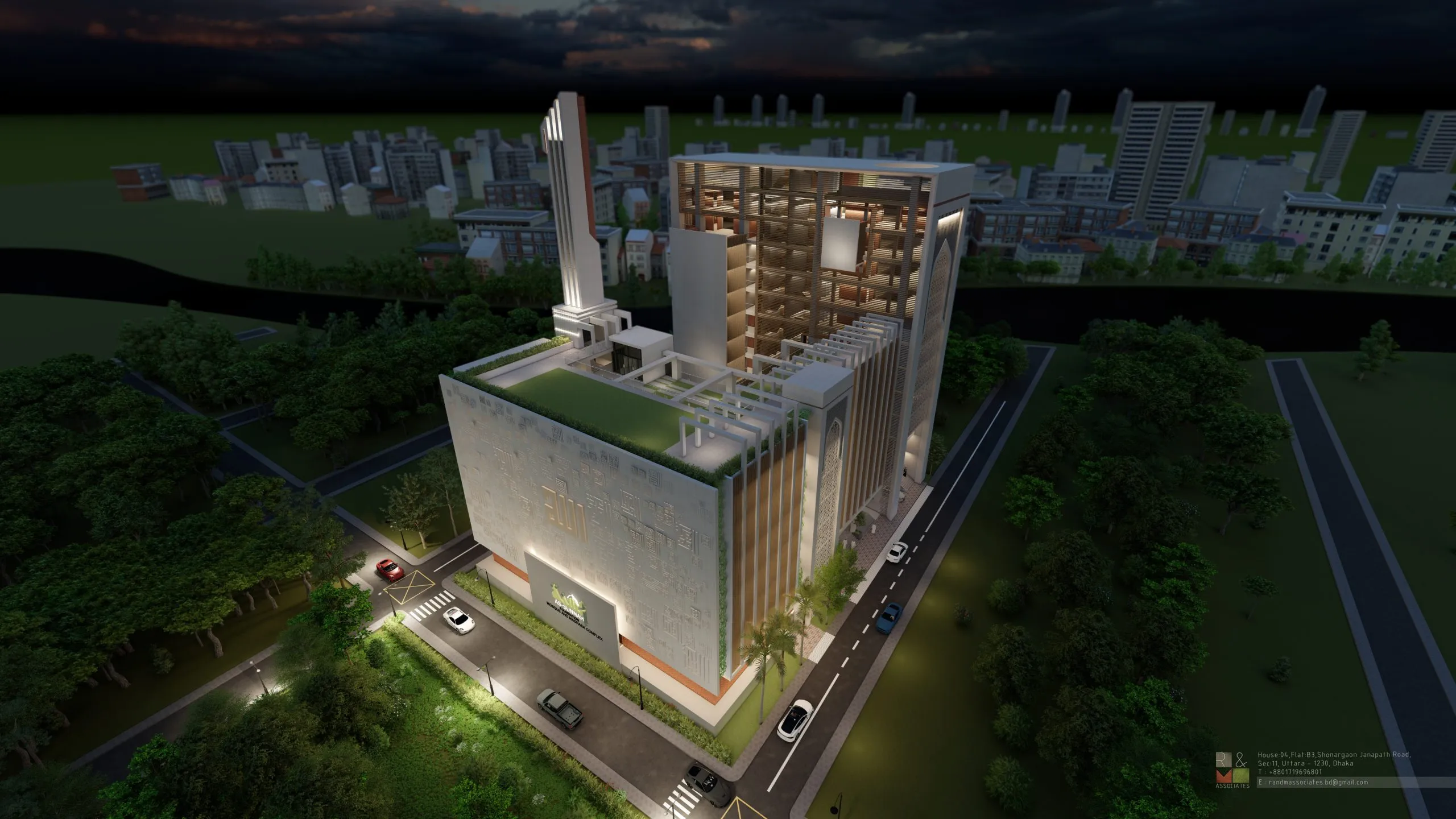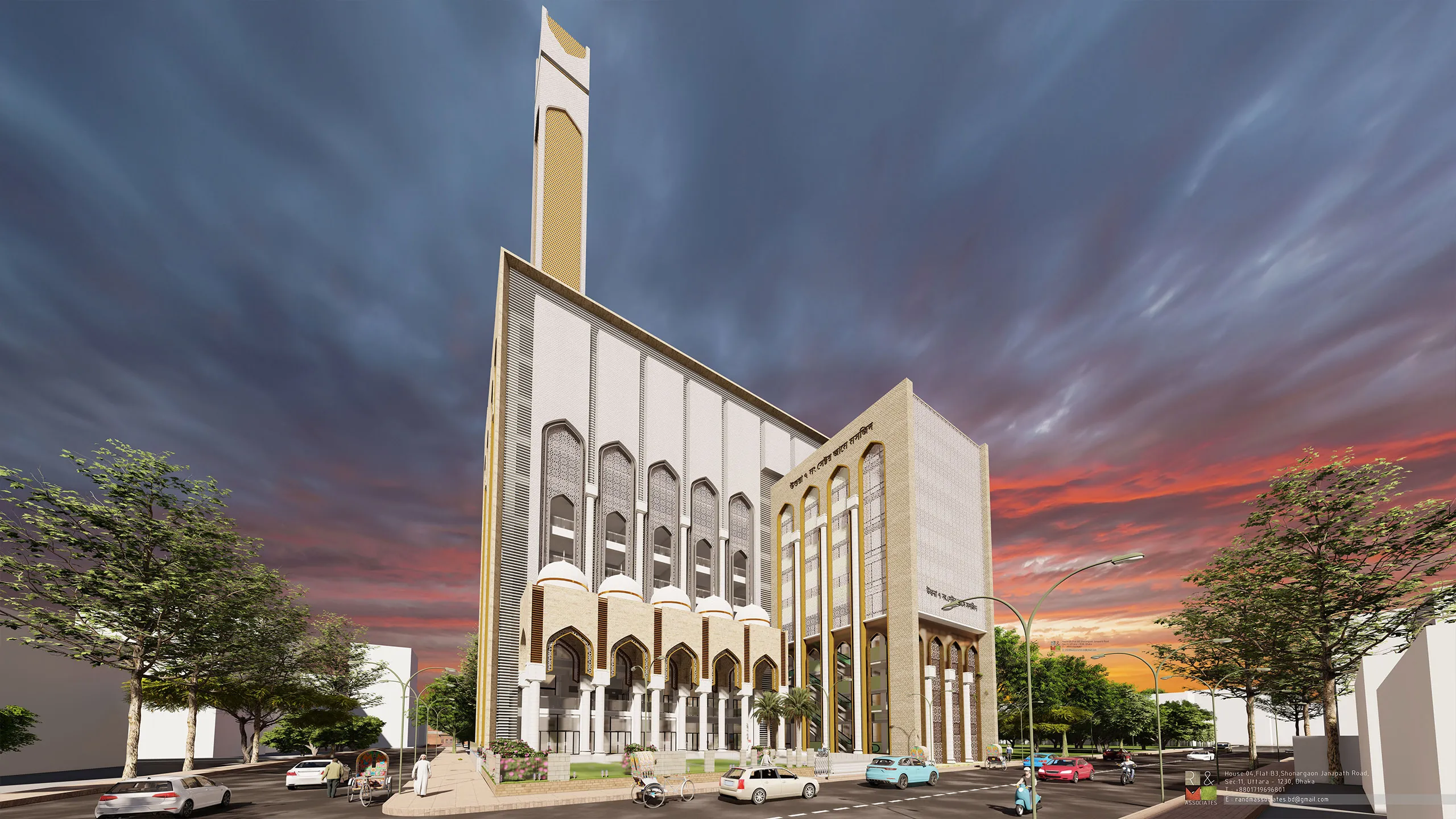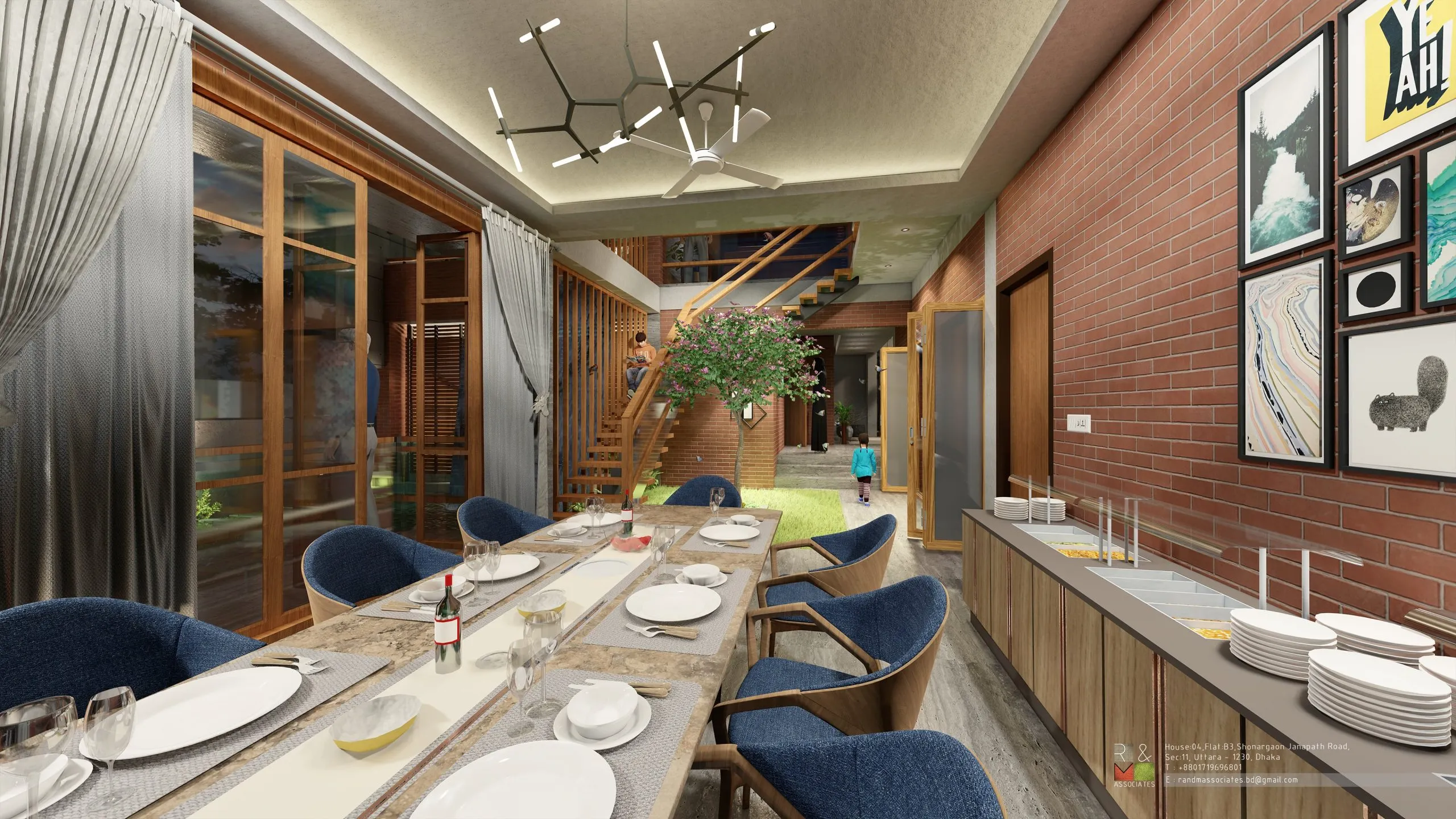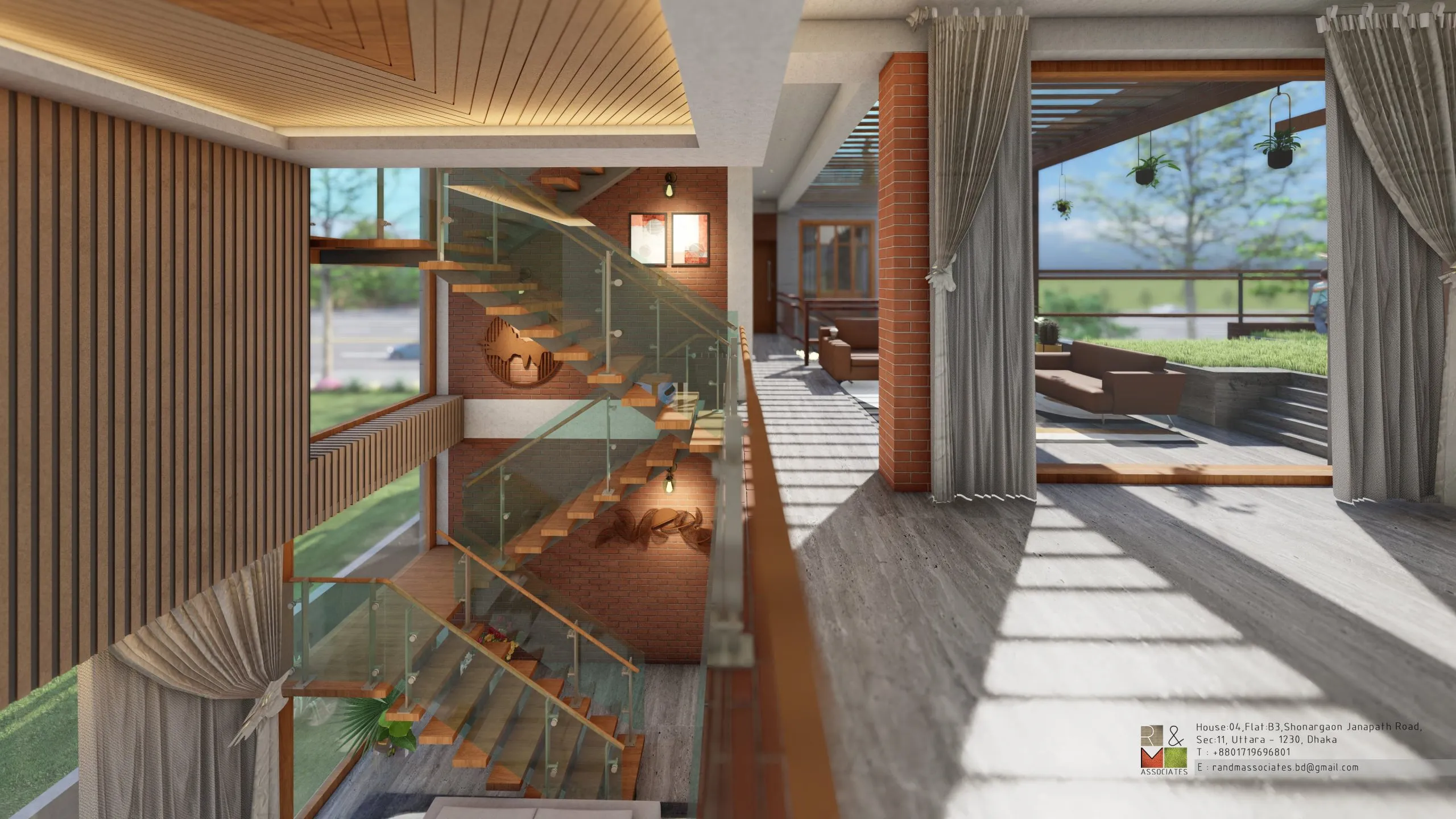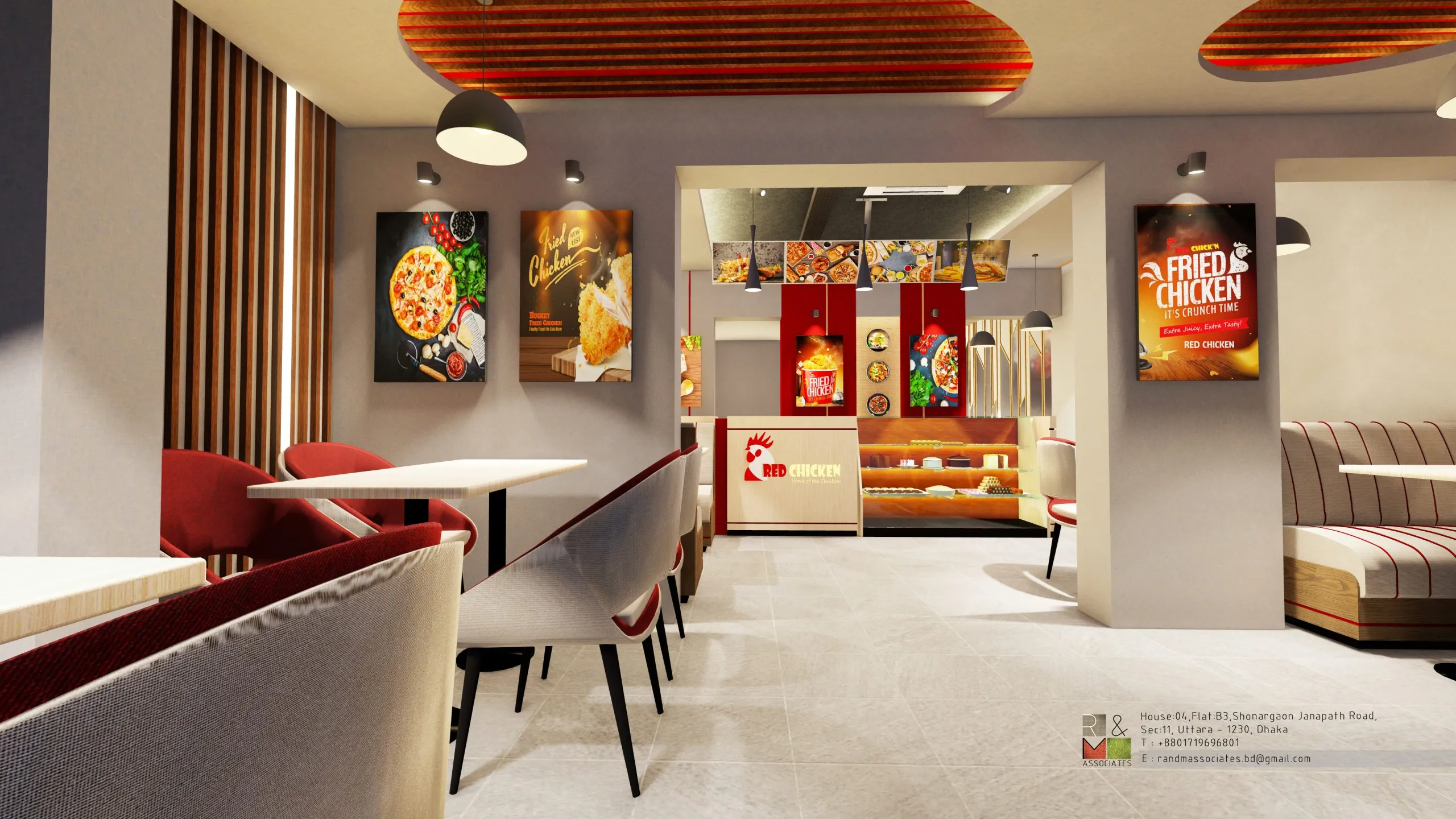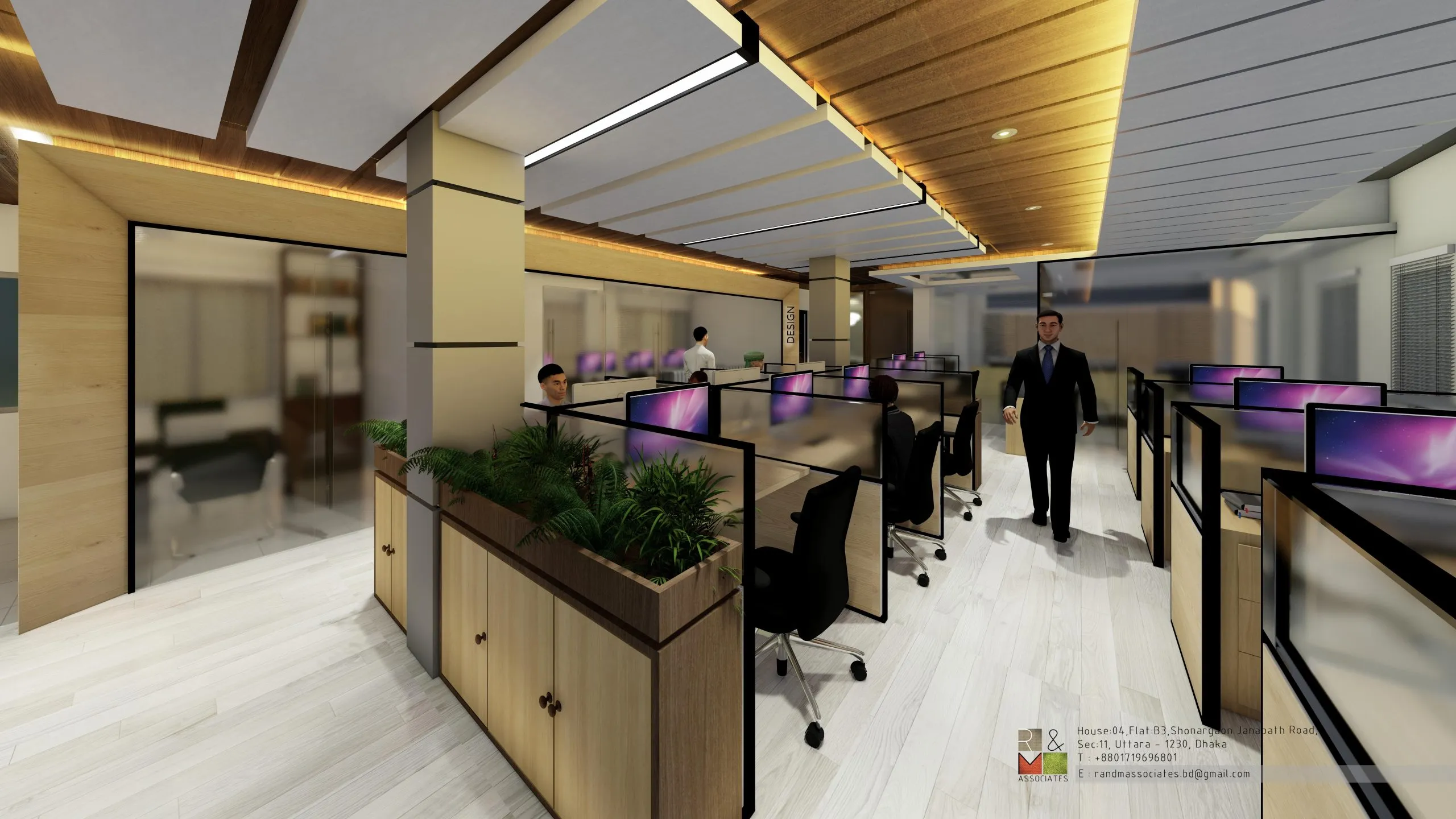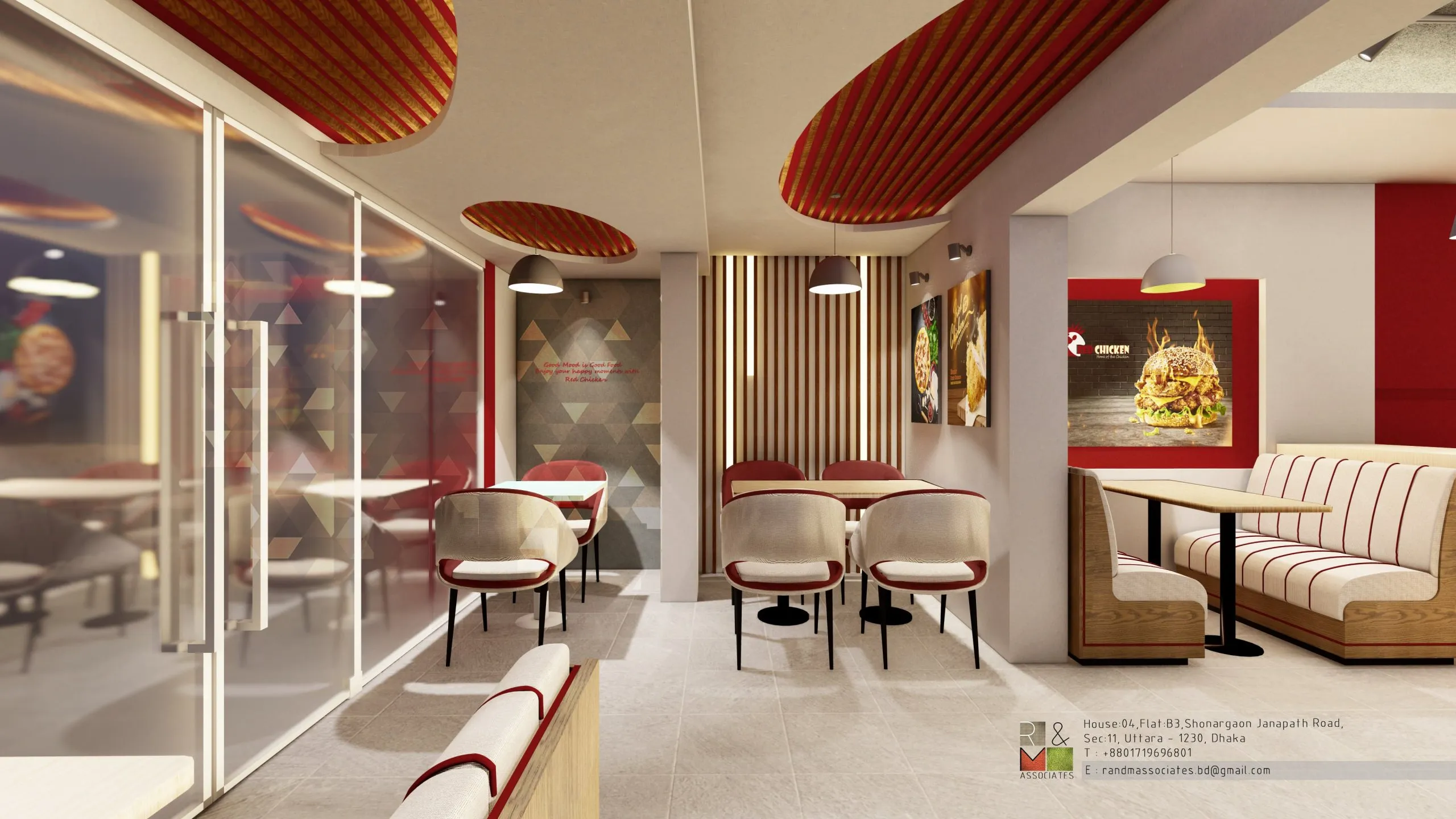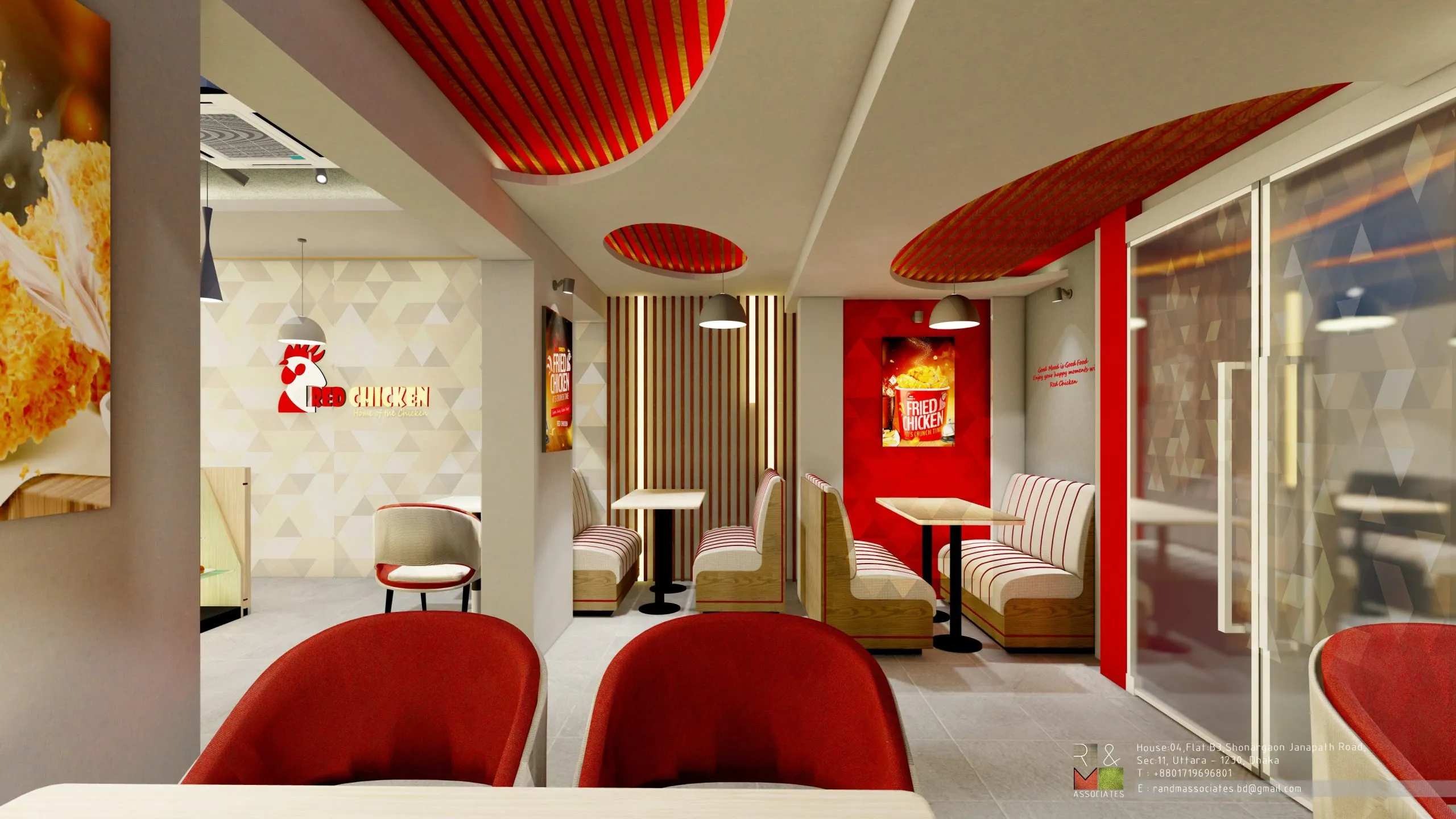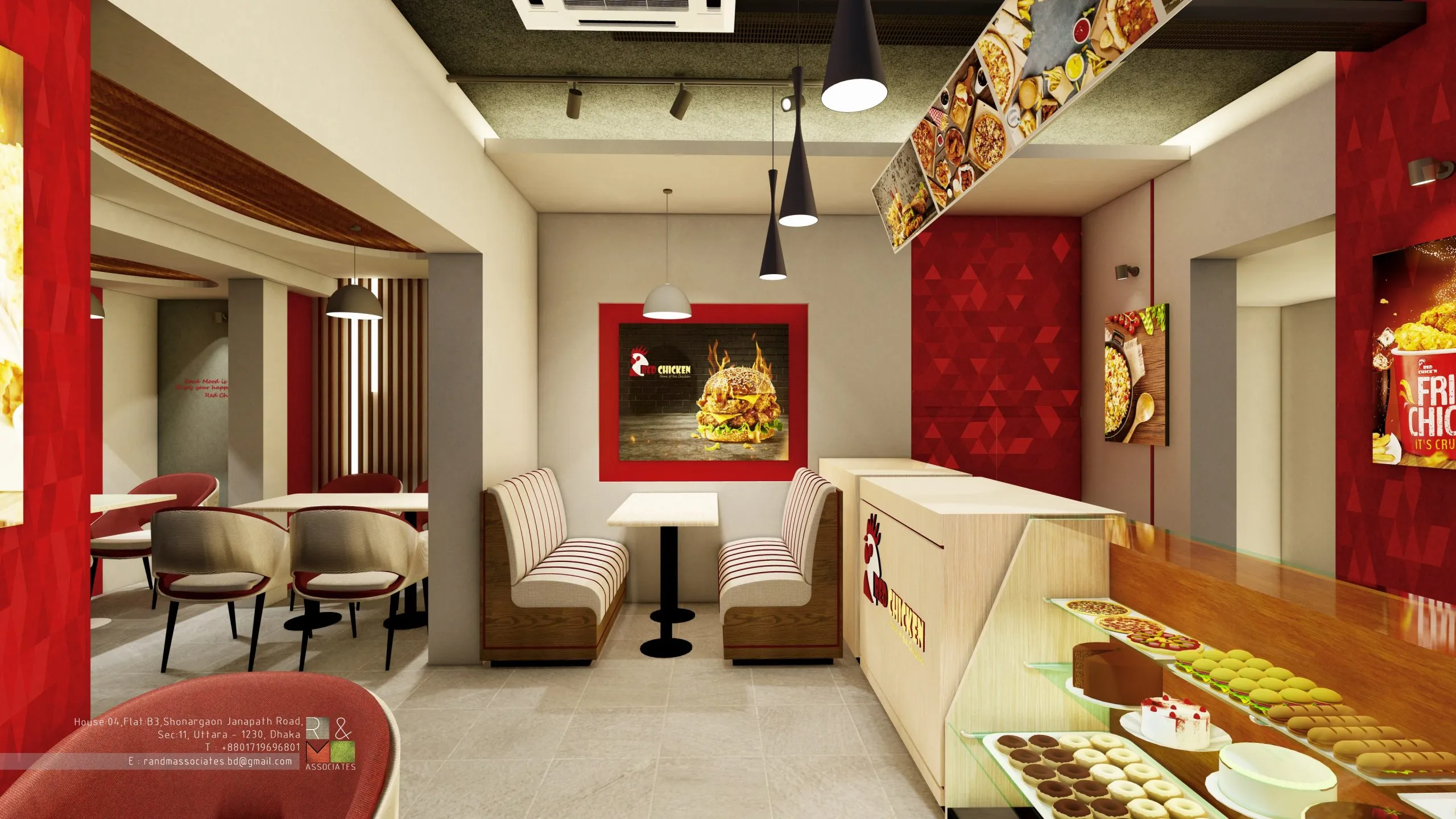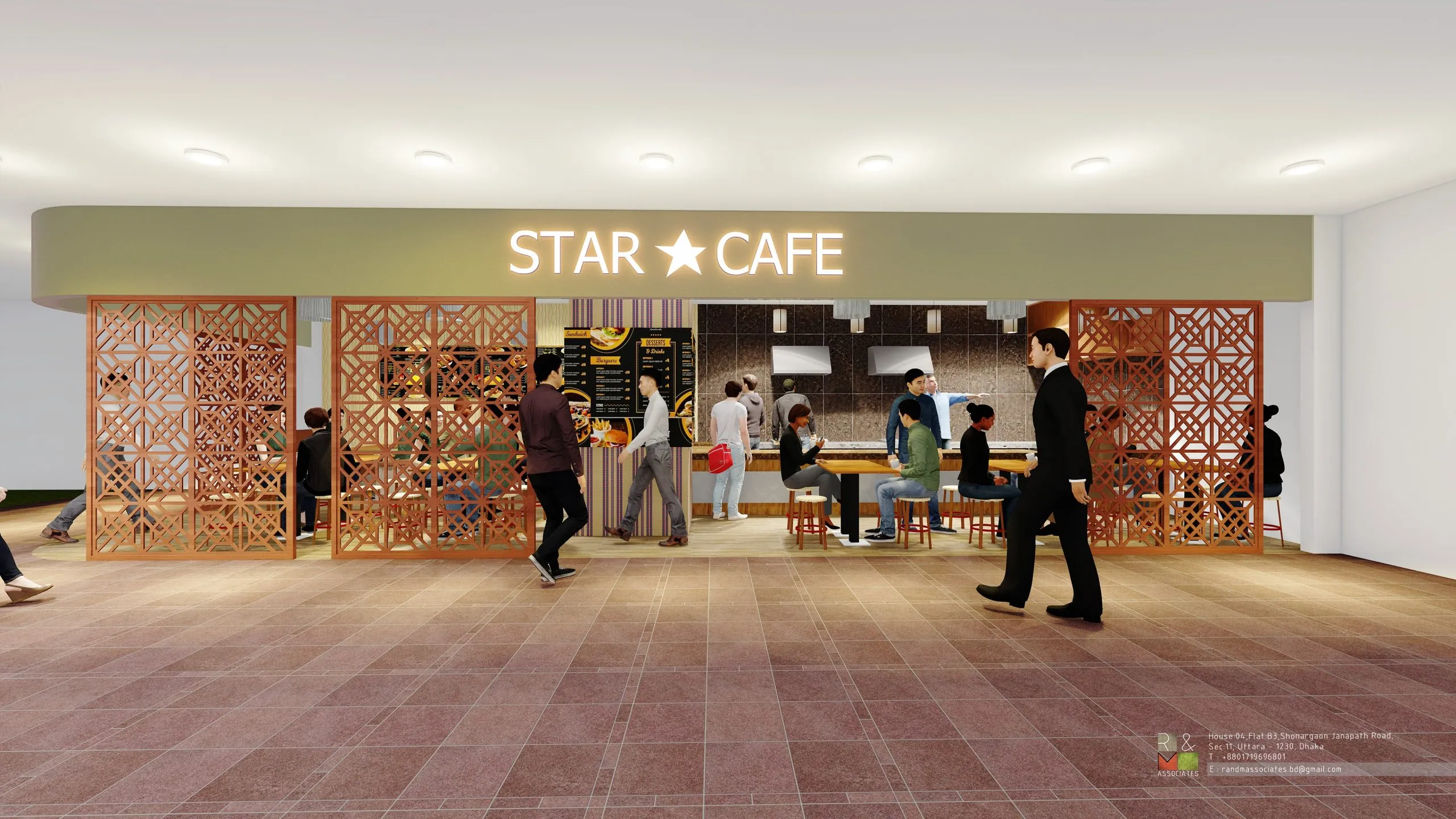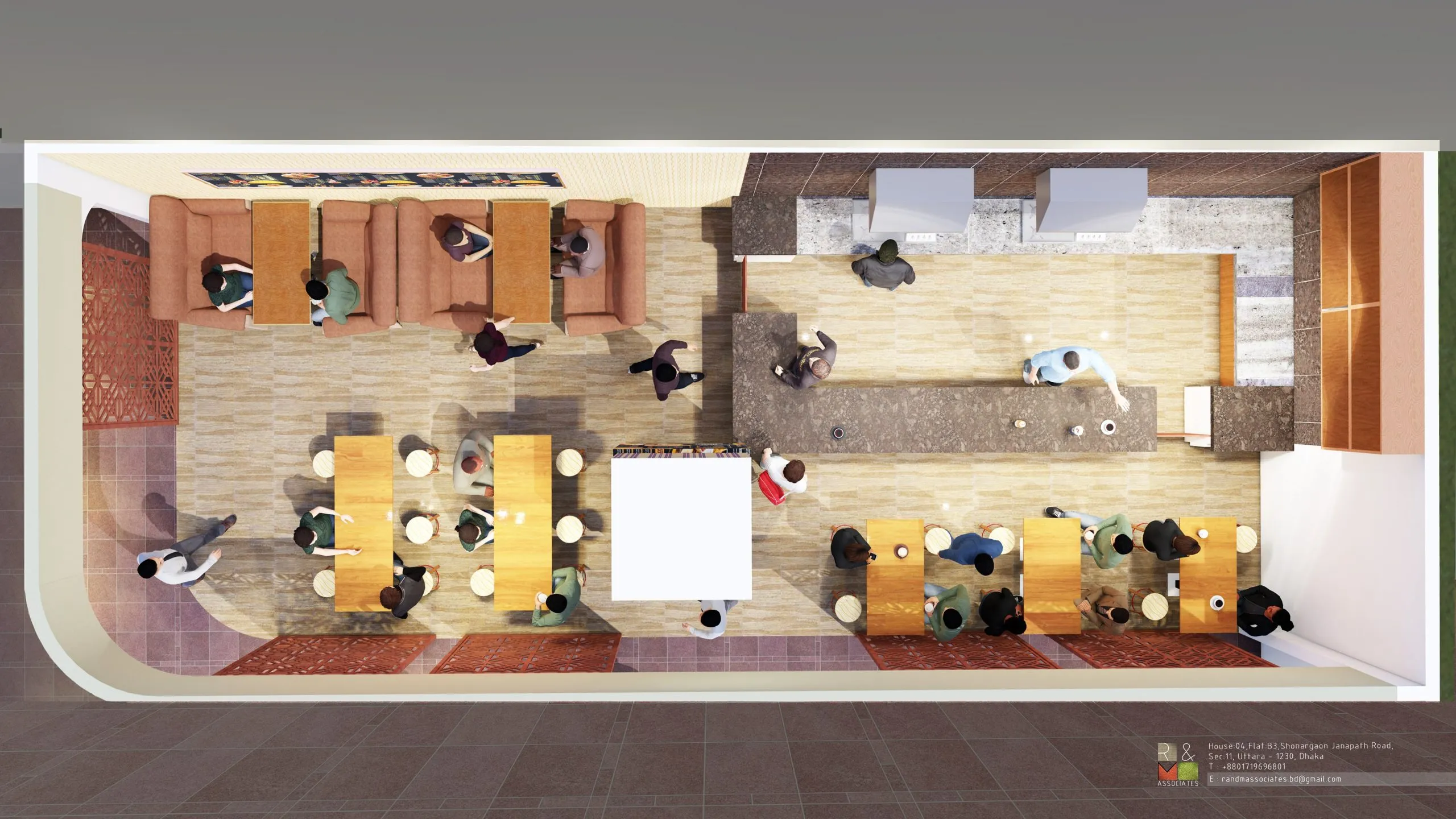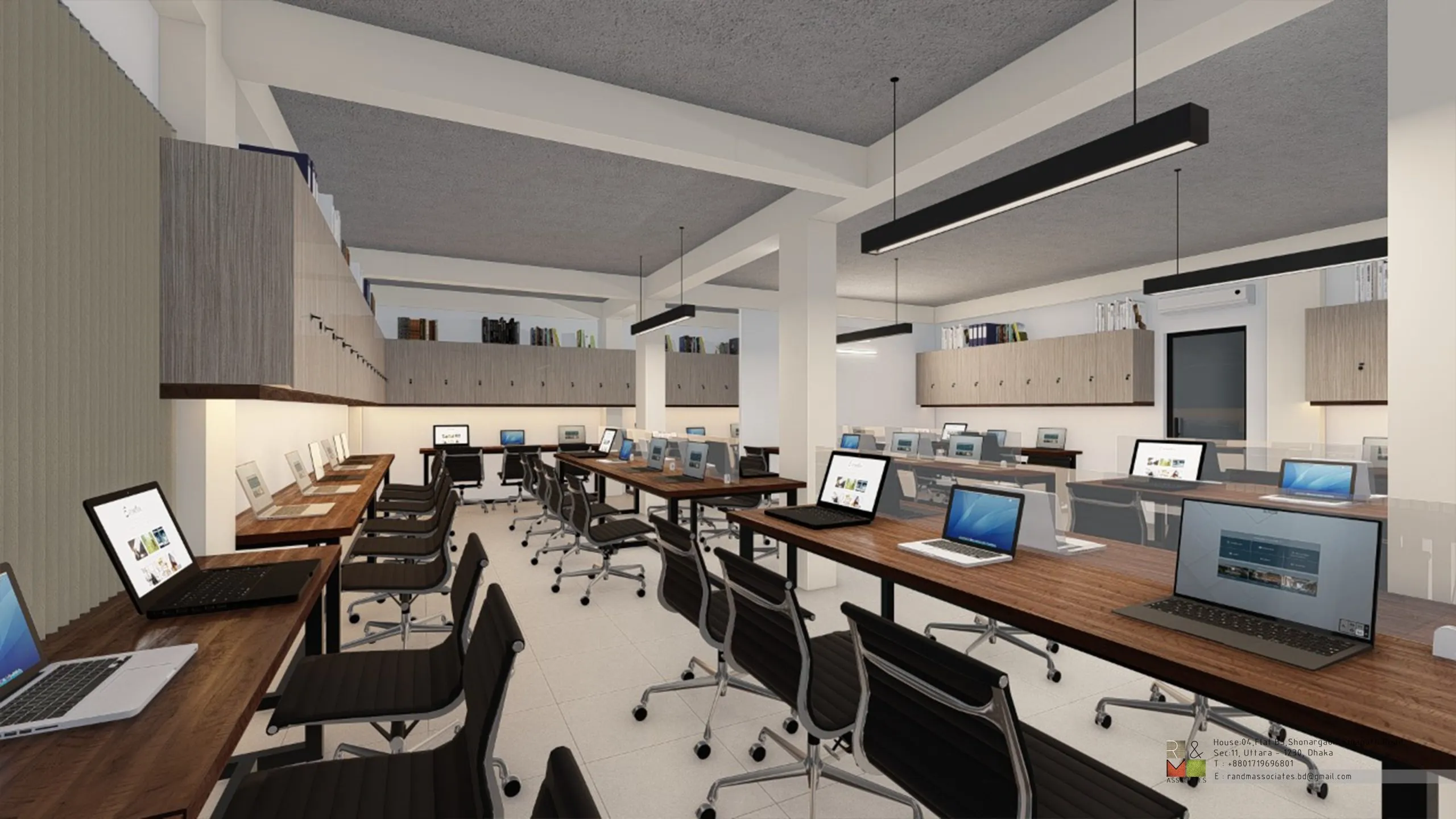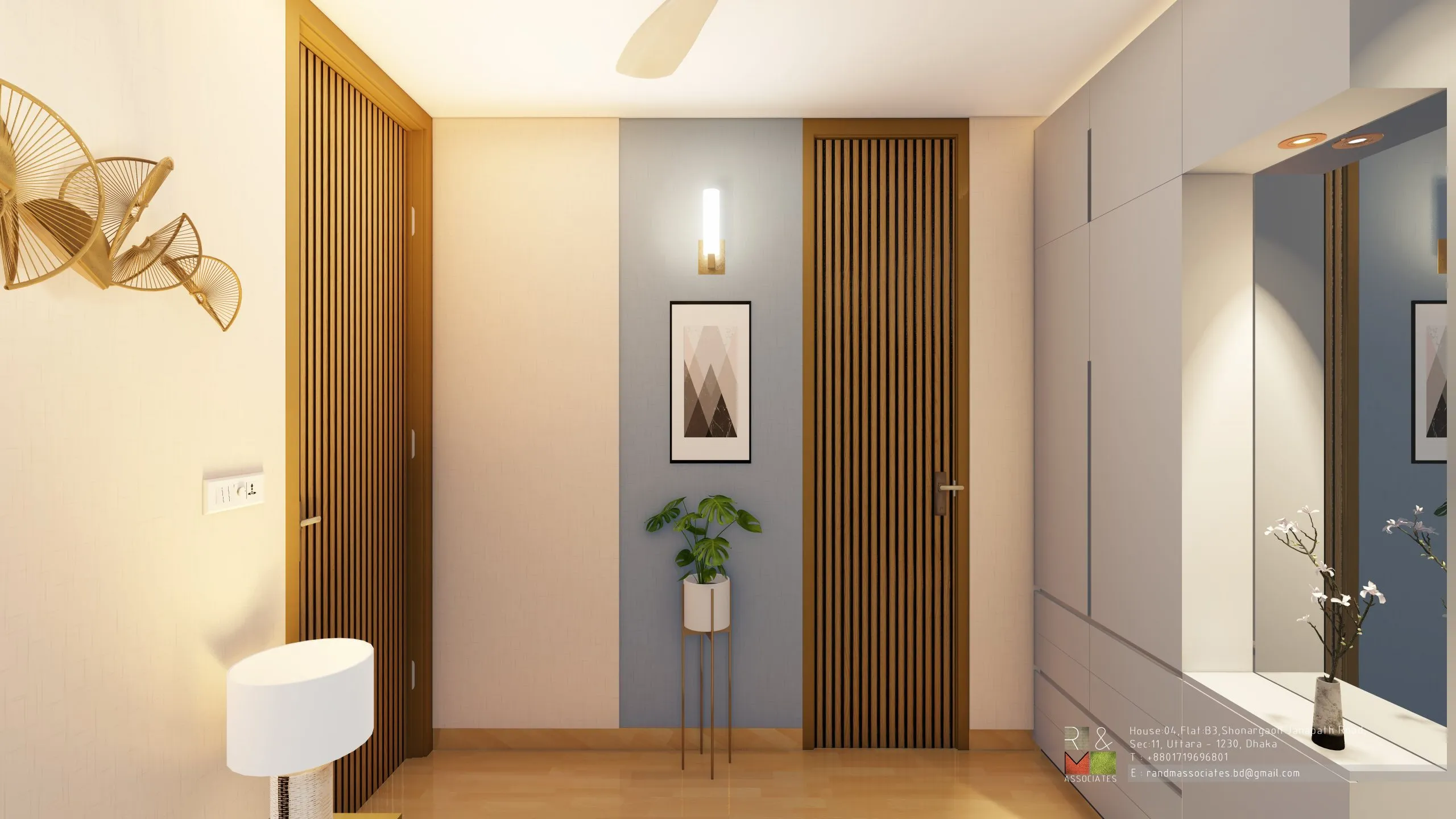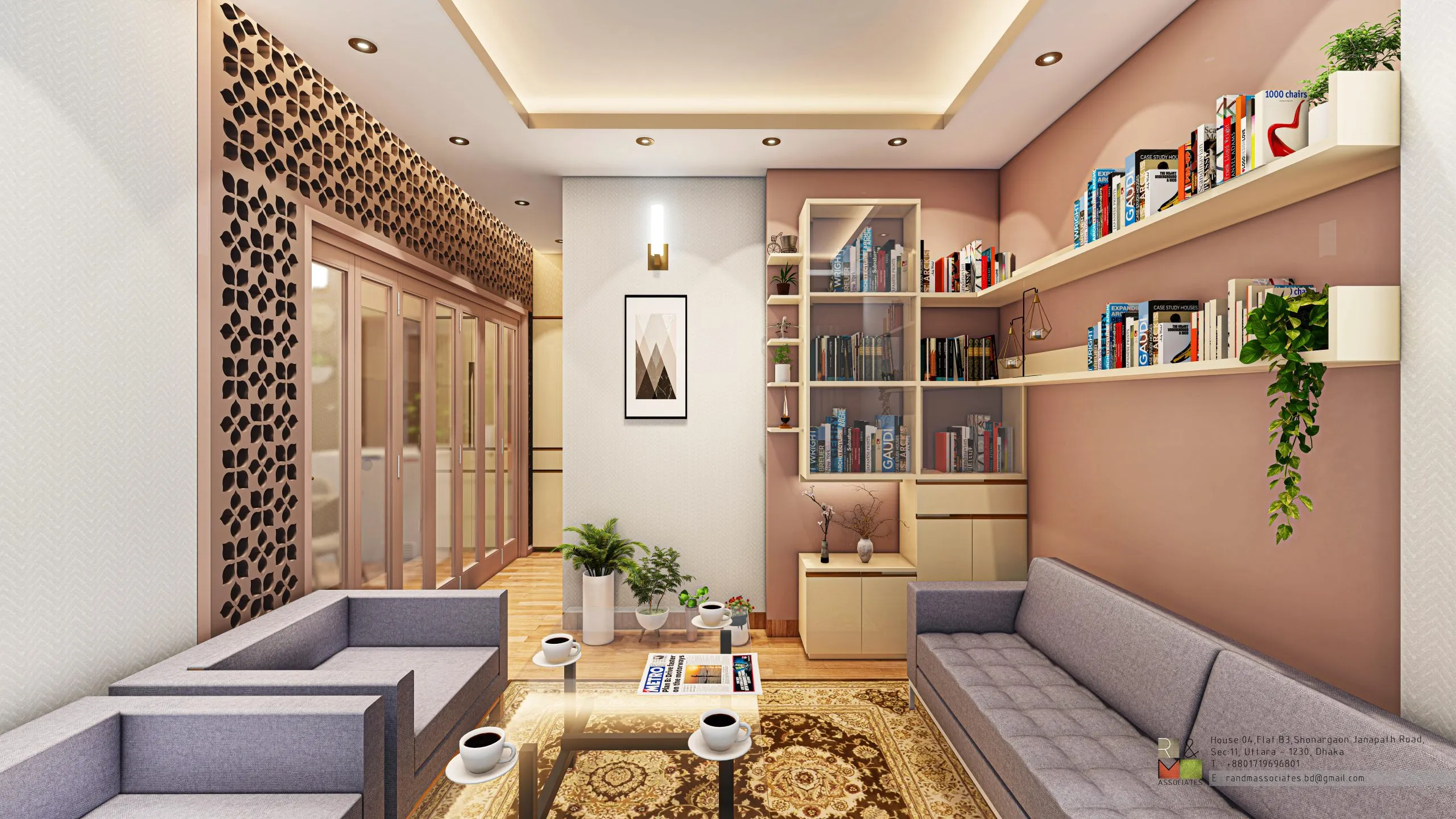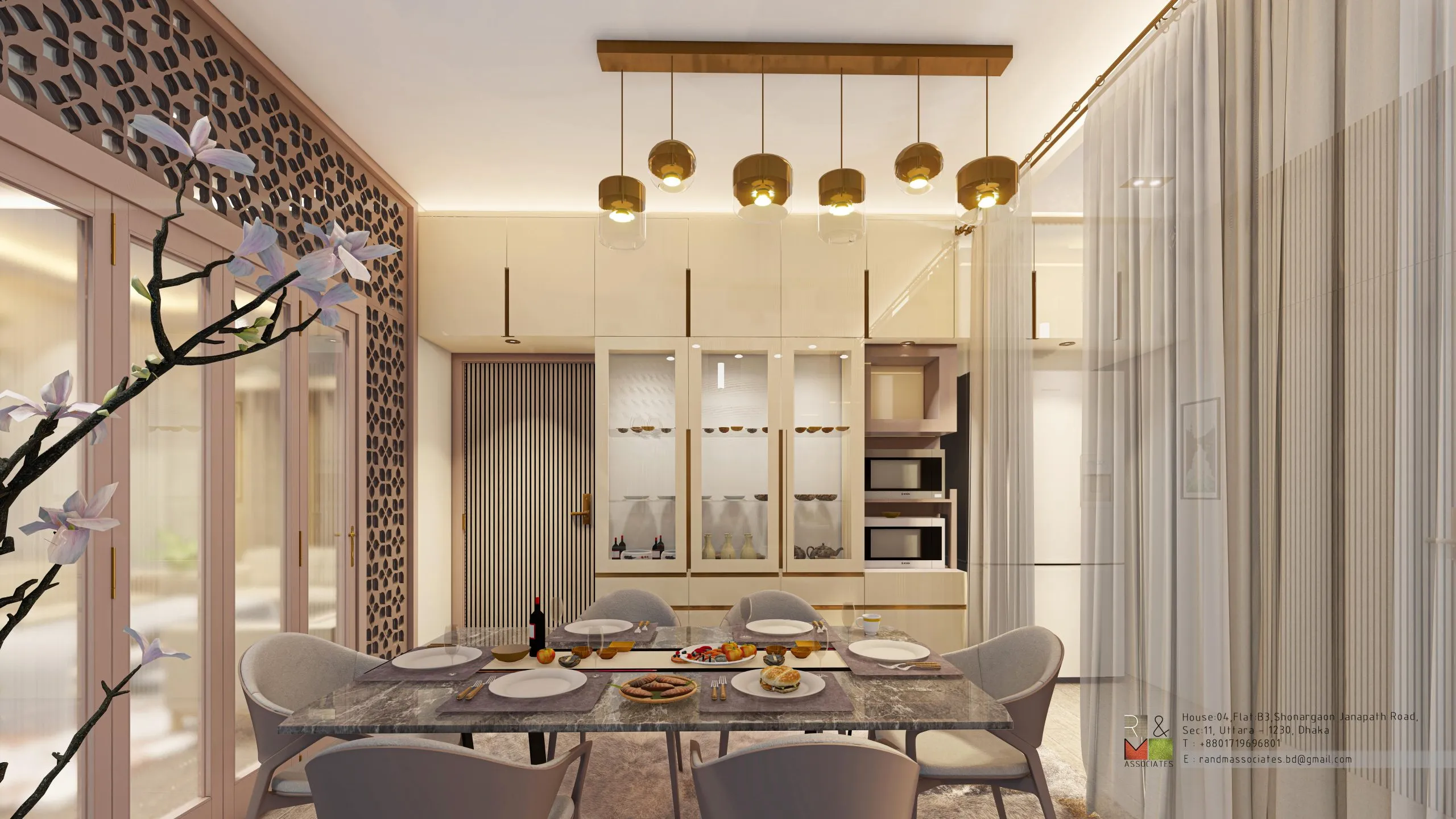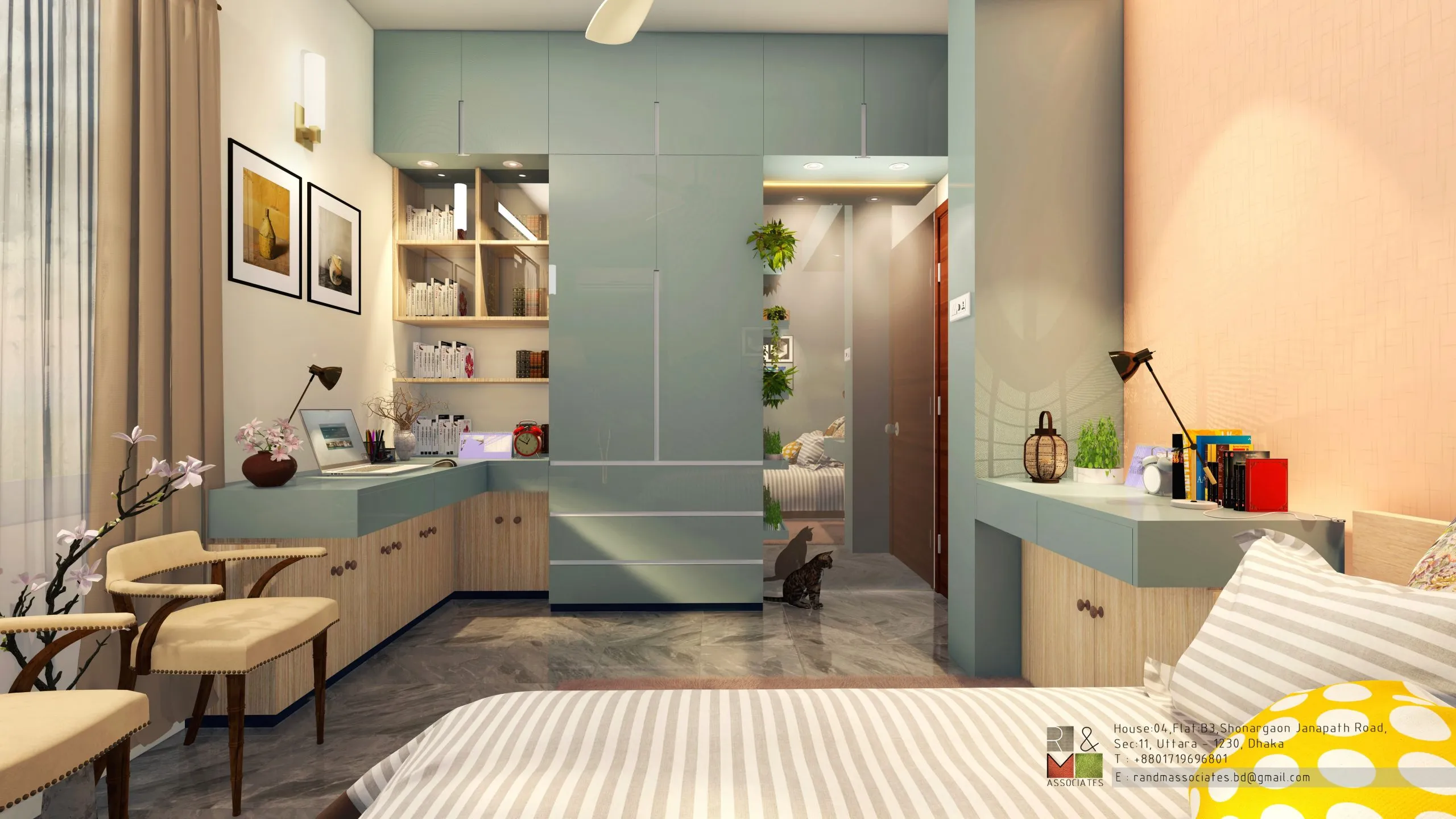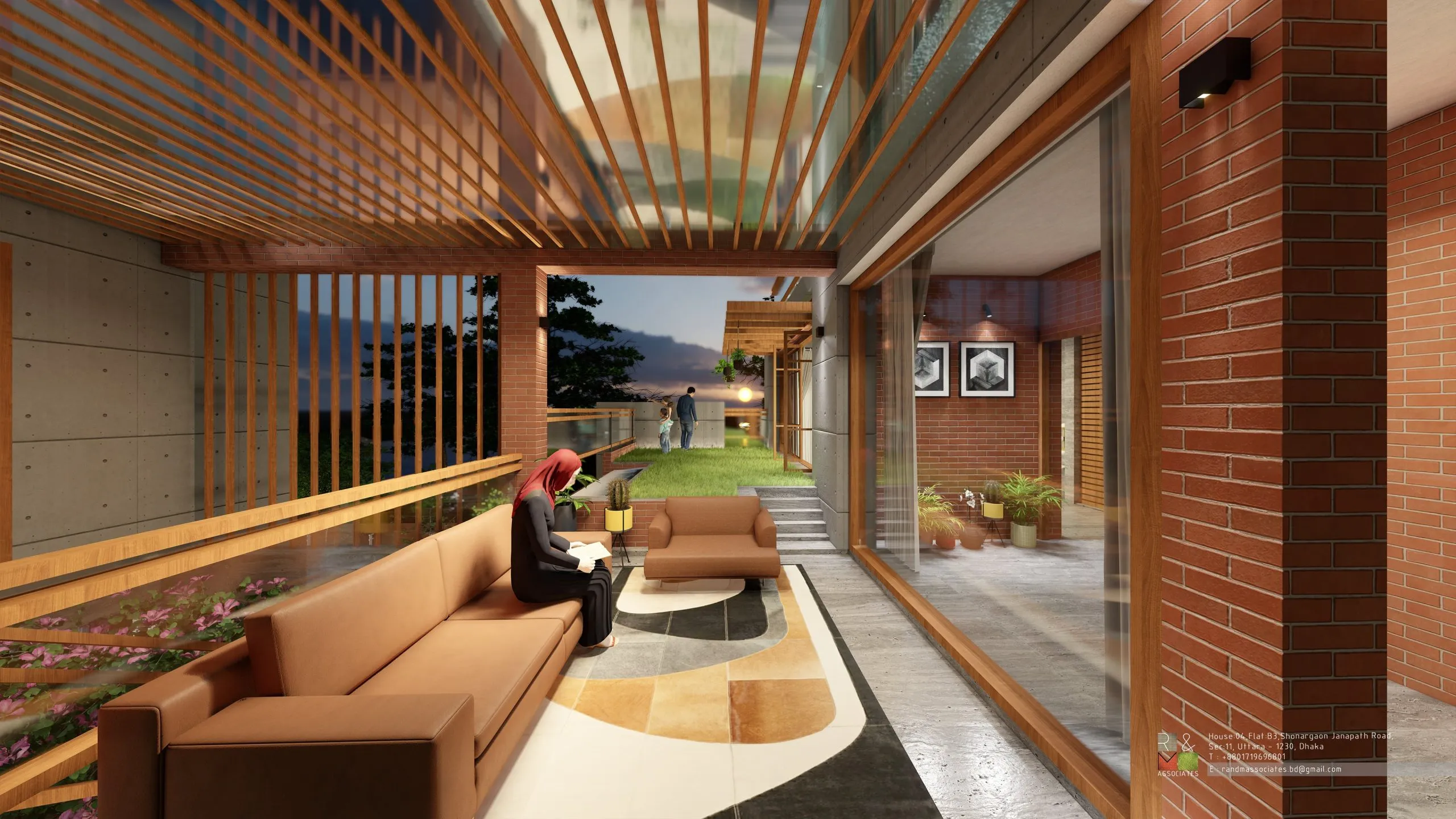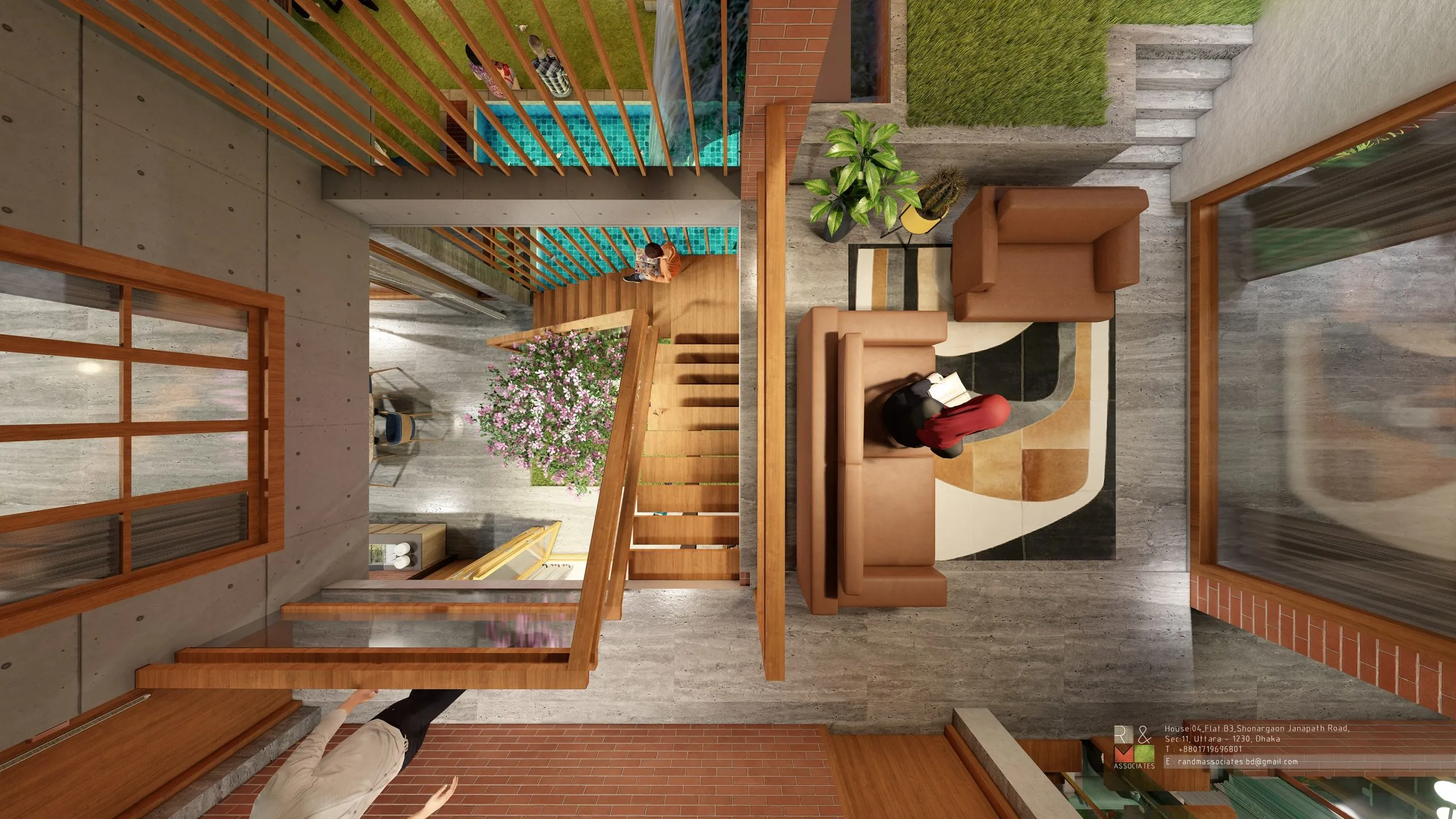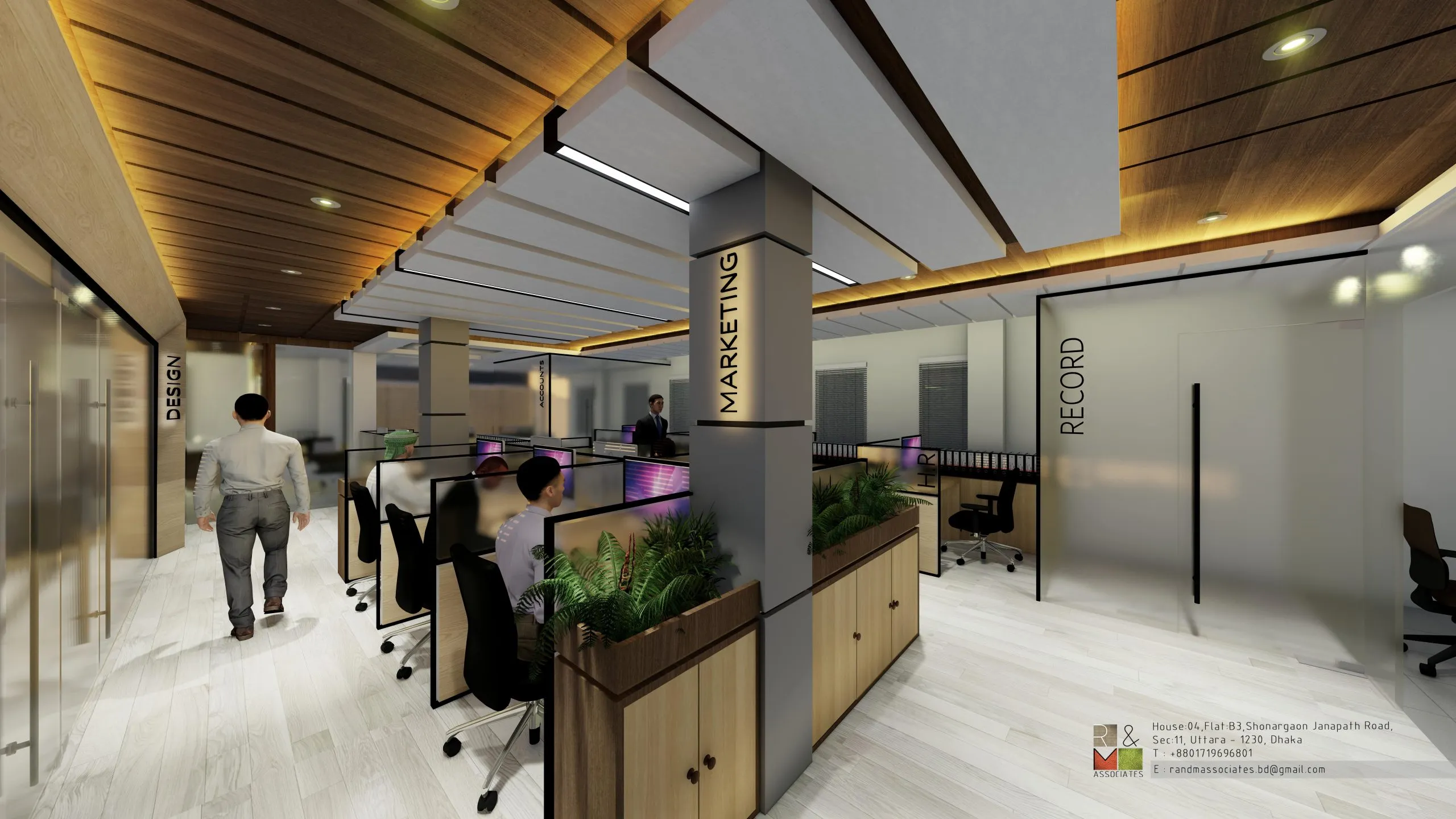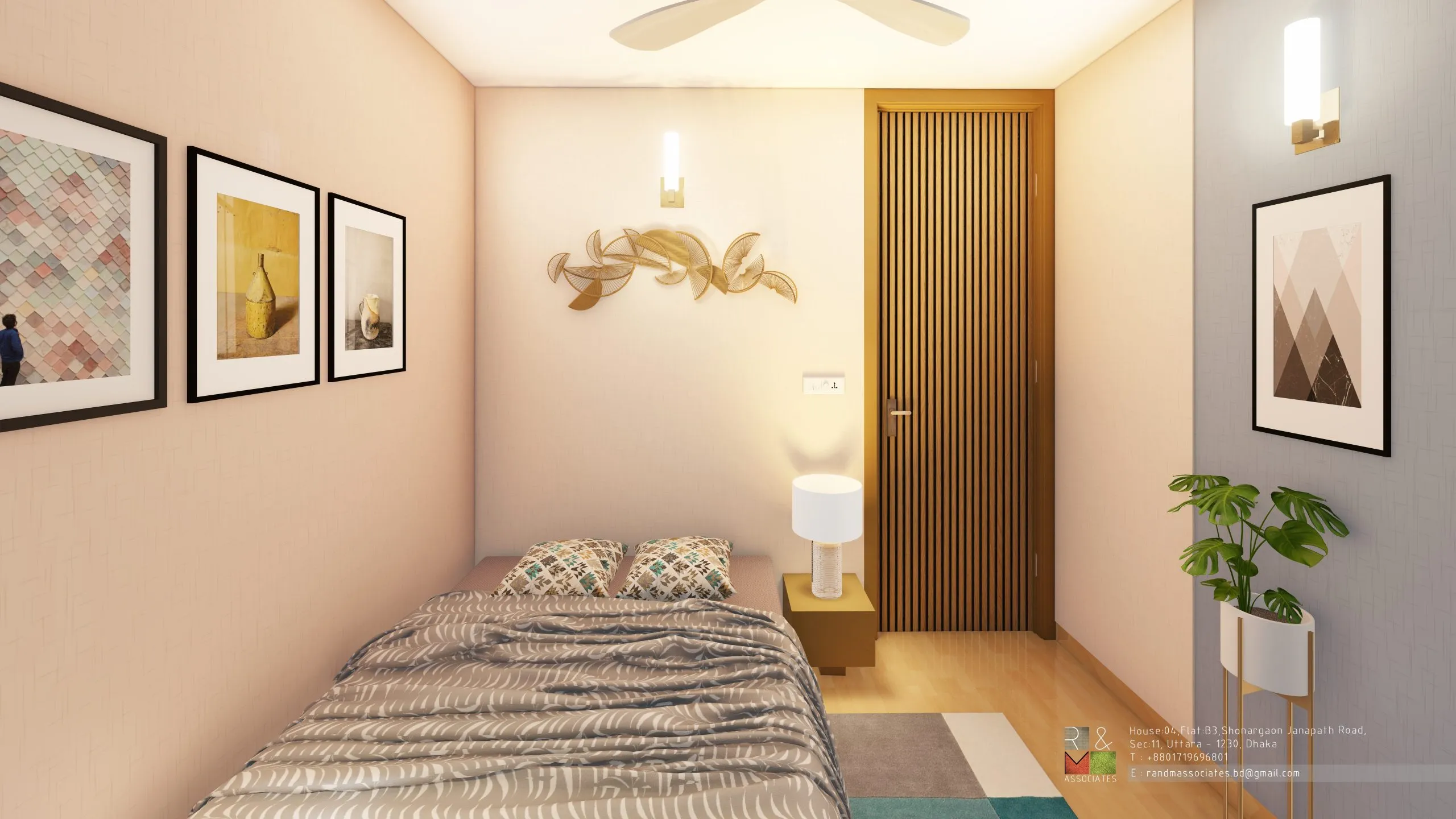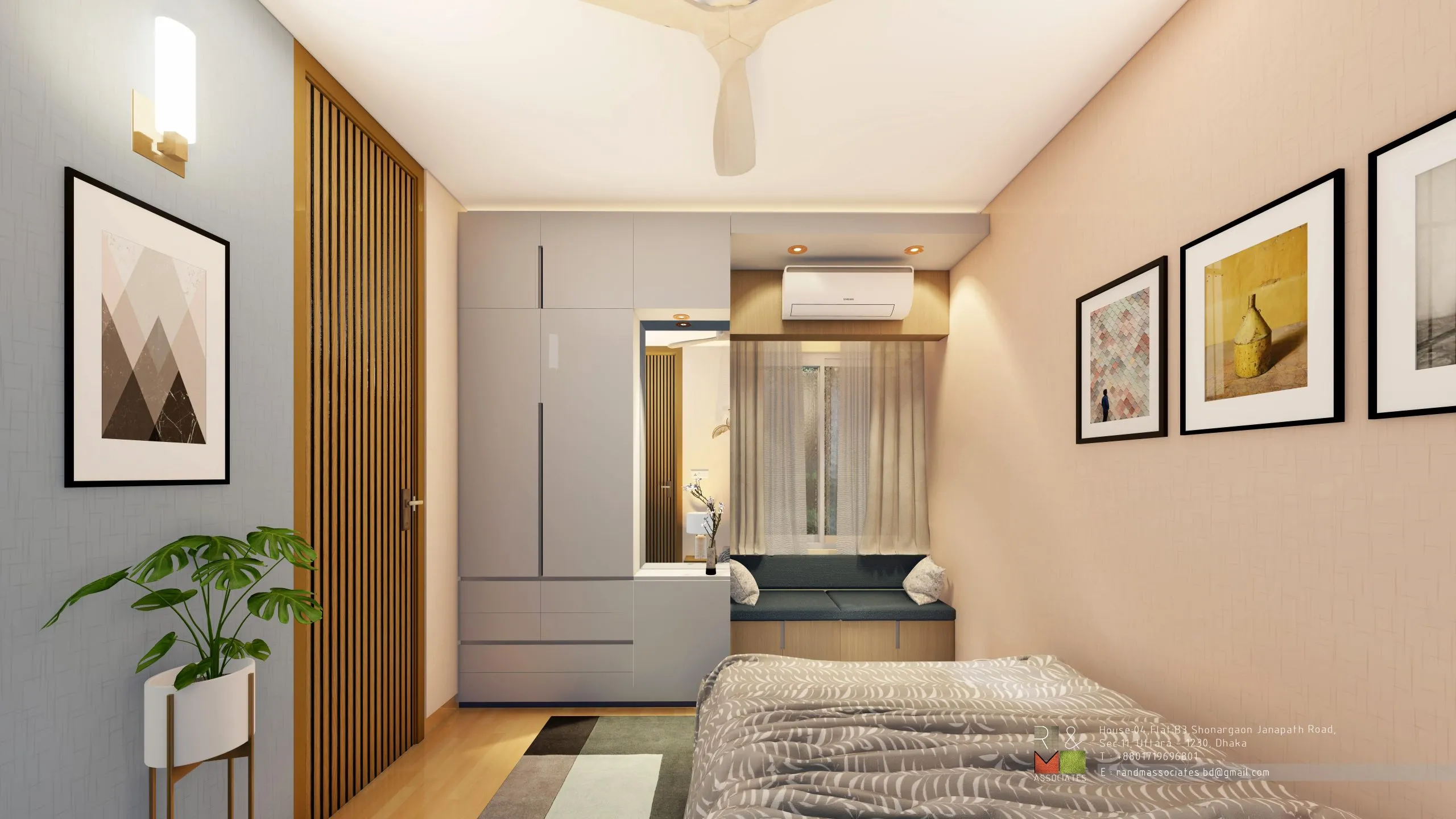Introduction
Interior lighting plays a pivotal role in creating functional and aesthetic spaces. It's not just about illumination but how light impacts mood, functionality, and the overall atmosphere of a room. Whether it's a cozy living room, a sleek office space, or an elegant dining area, proper lighting can transform any space. Let’s explore the significance of interior lighting and the factors that contribute to an effective lighting plan.
Lighting can drastically change the feel of a space. Warm lighting creates a cozy, welcoming atmosphere, perfect for living rooms and bedrooms. In contrast, cool lighting is ideal for workspaces, where focus and productivity are essential. By balancing natural light with artificial sources, you can create a dynamic environment that enhances mood and functionality.
Interior lighting plays a pivotal role in creating functional and aesthetic spaces. It's not just about illumination but how light impacts mood, functionality, and the overall atmosphere of a room. Whether it's a cozy living room, a sleek office space, or an elegant dining area, proper lighting can transform any space. Let’s explore the significance of interior lighting and the factors that contribute to an effective lighting plan.
Lighting can drastically change the feel of a space. Warm lighting creates a cozy, welcoming atmosphere, perfect for living rooms and bedrooms. In contrast, cool lighting is ideal for workspaces, where focus and productivity are essential. By balancing natural light with artificial sources, you can create a dynamic environment that enhances mood and functionality.

Functionality Meets Design
Effective lighting combines both aesthetics and functionality. Each area of your home requires different types of lighting based on its use. For example:
- Task Lighting: This focuses on areas where activities take place, such as reading nooks, kitchen counters, or workspaces. Pendant lights or desk lamps are great examples of task lighting.
- Accent Lighting: Used to highlight art, architectural features, or other focal points. Wall sconces and track lighting are perfect for this purpose.
- Ambient Lighting: This is the general lighting in a room, providing overall illumination. Chandeliers, recessed lighting, or ceiling-mounted fixtures are commonly used for ambient lighting.

Energy Efficiency and Sustainability
Incorporating natural light into your interior design helps reduce dependence on artificial lighting and enhances well-being. Large windows, skylights, and glass doors allow sunlight to fill your home, creating a connection with the outdoors while reducing energy costs.
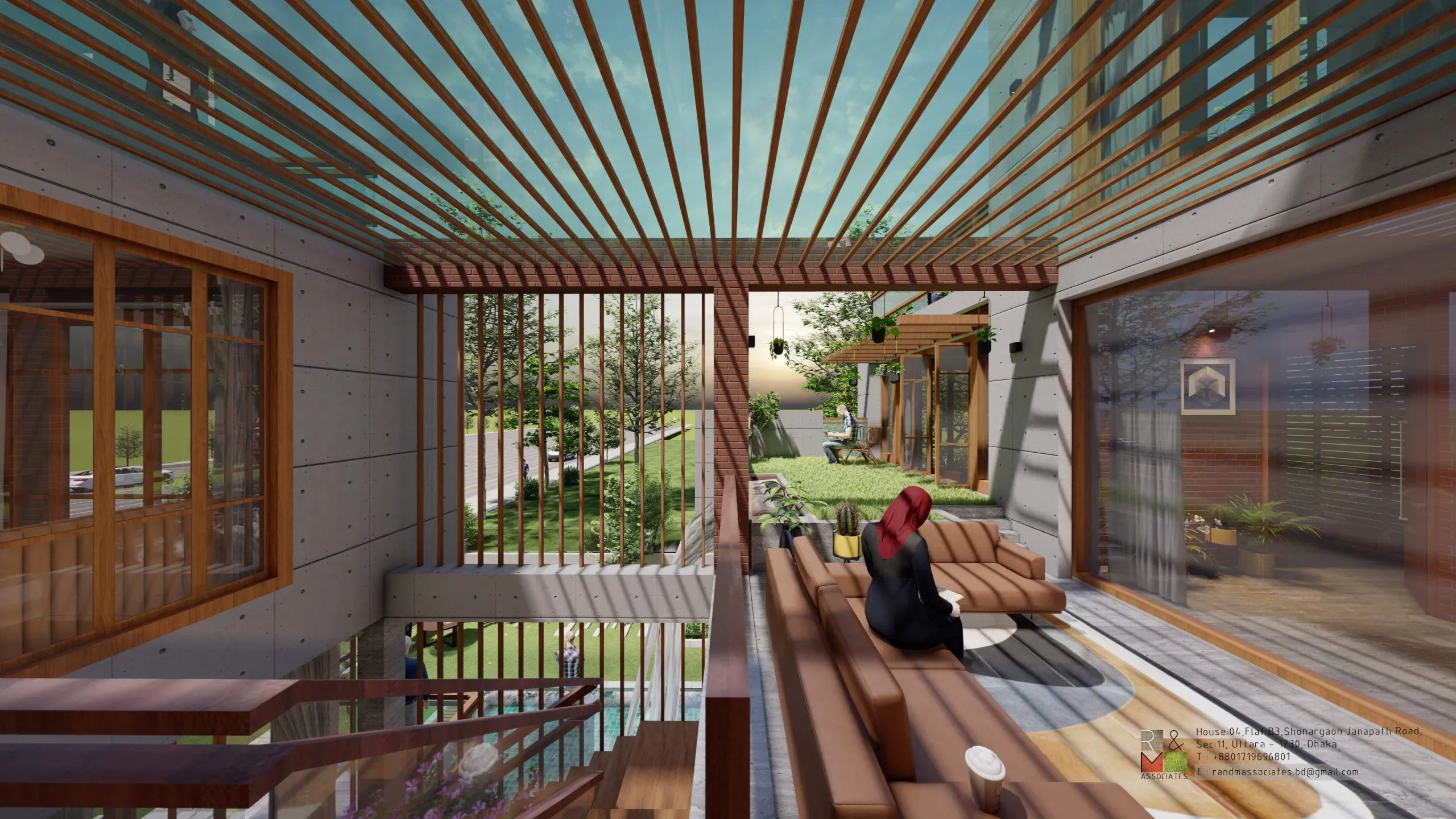
Layering Lighting for Depth
A well-lit interior uses layered lighting, where different types of lights work together to create depth and visual interest. Combining ambient, task, and accent lighting ensures a space is both functional and visually appealing.
